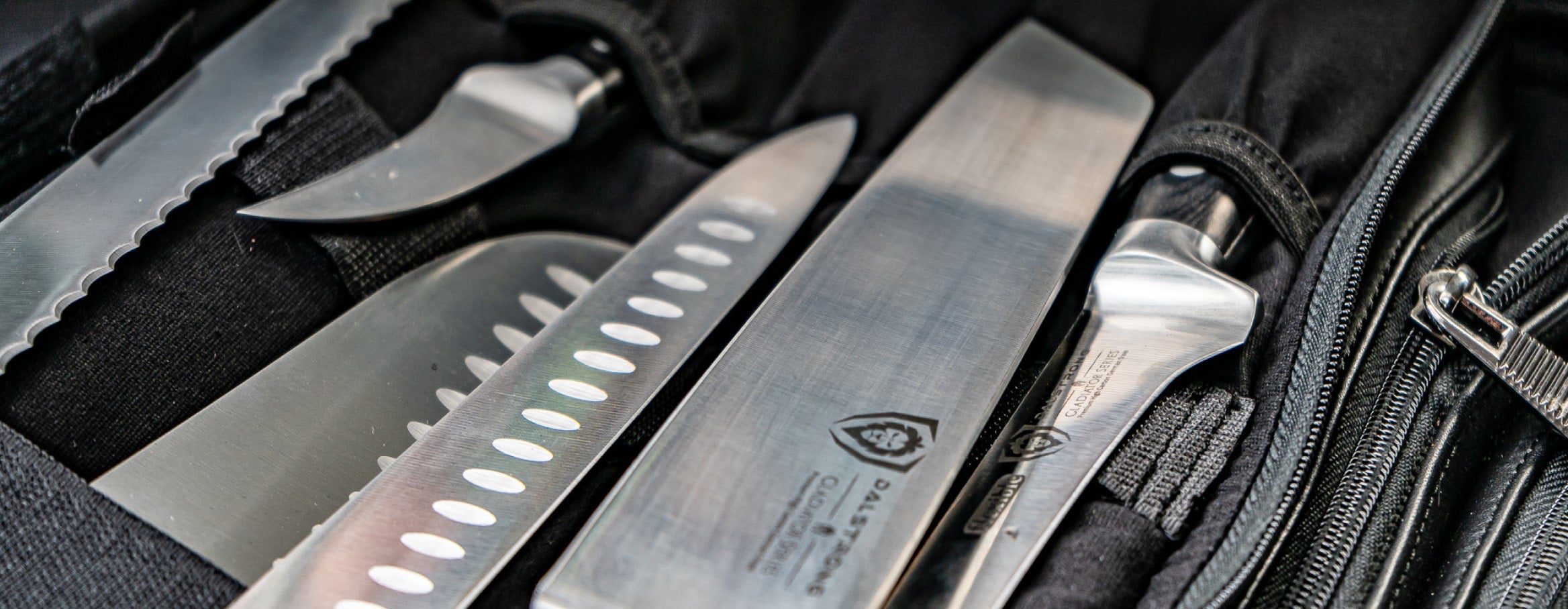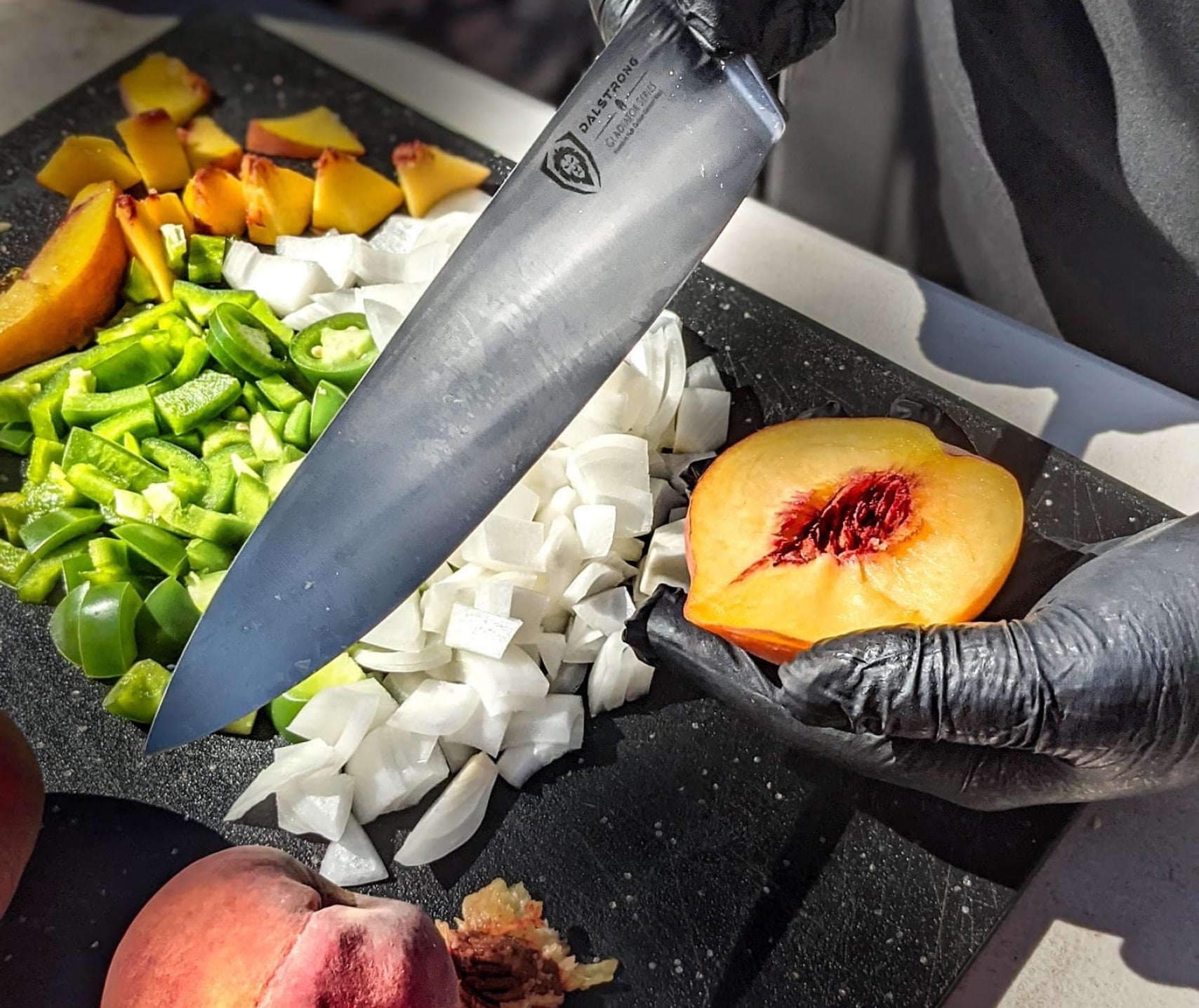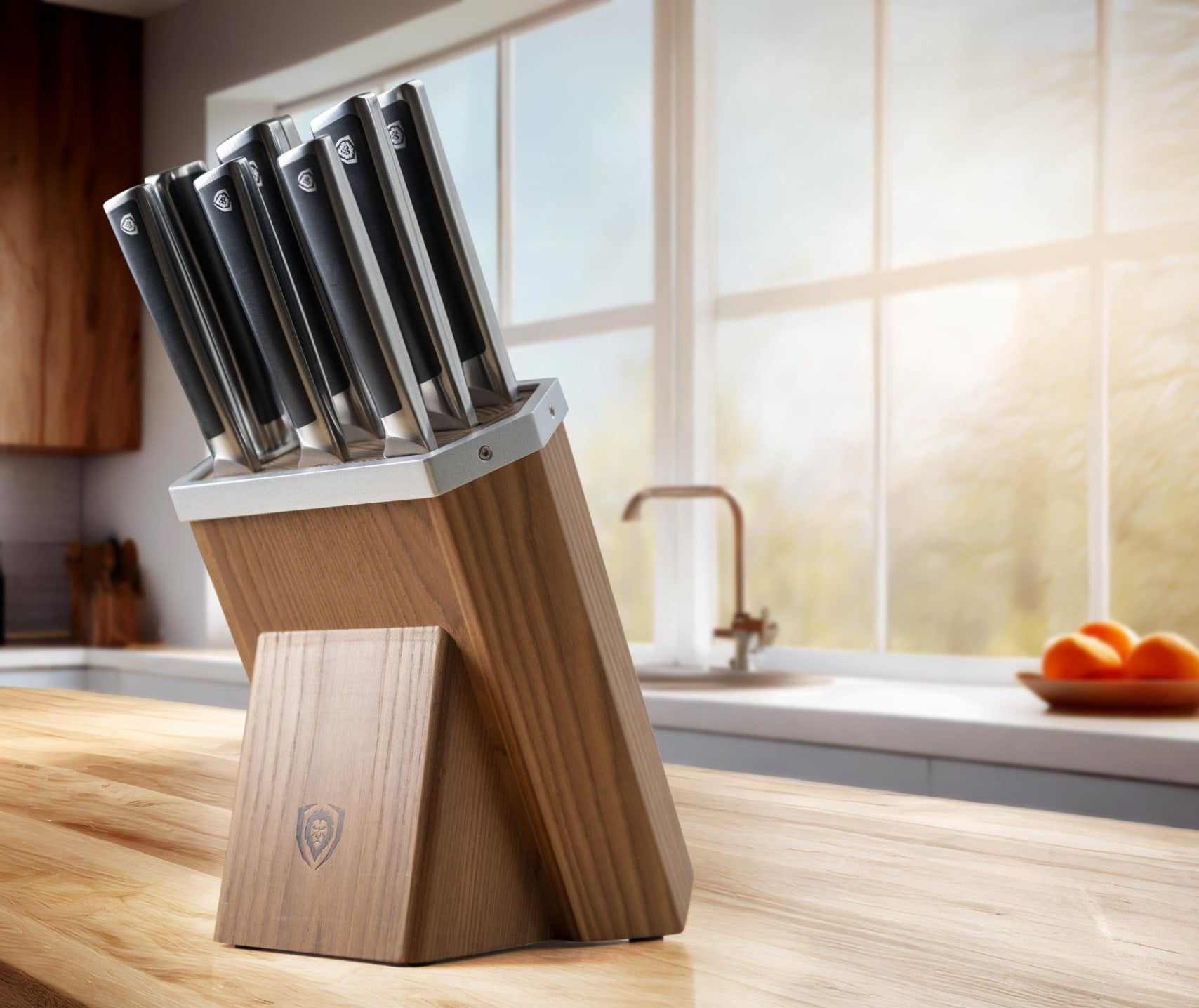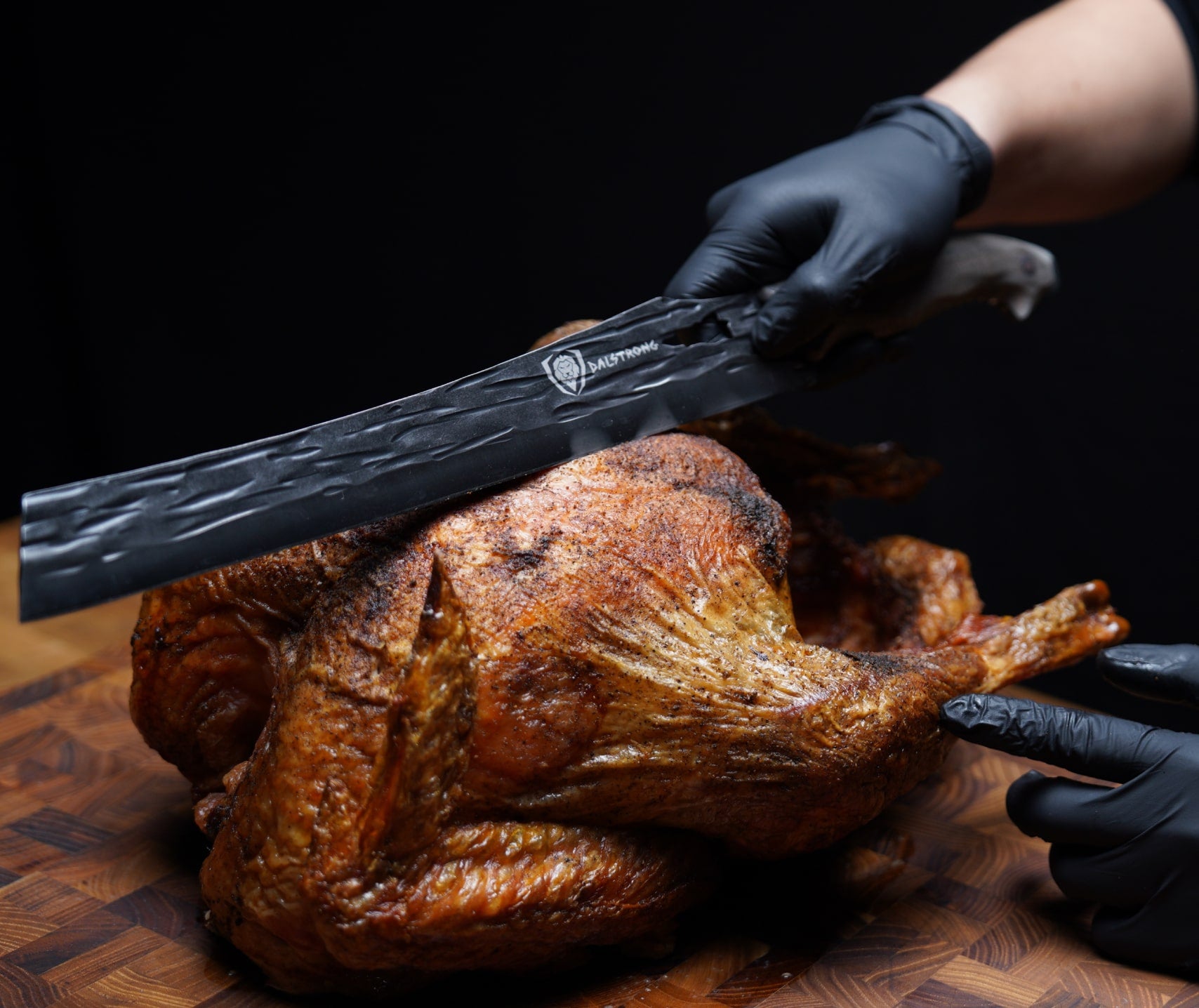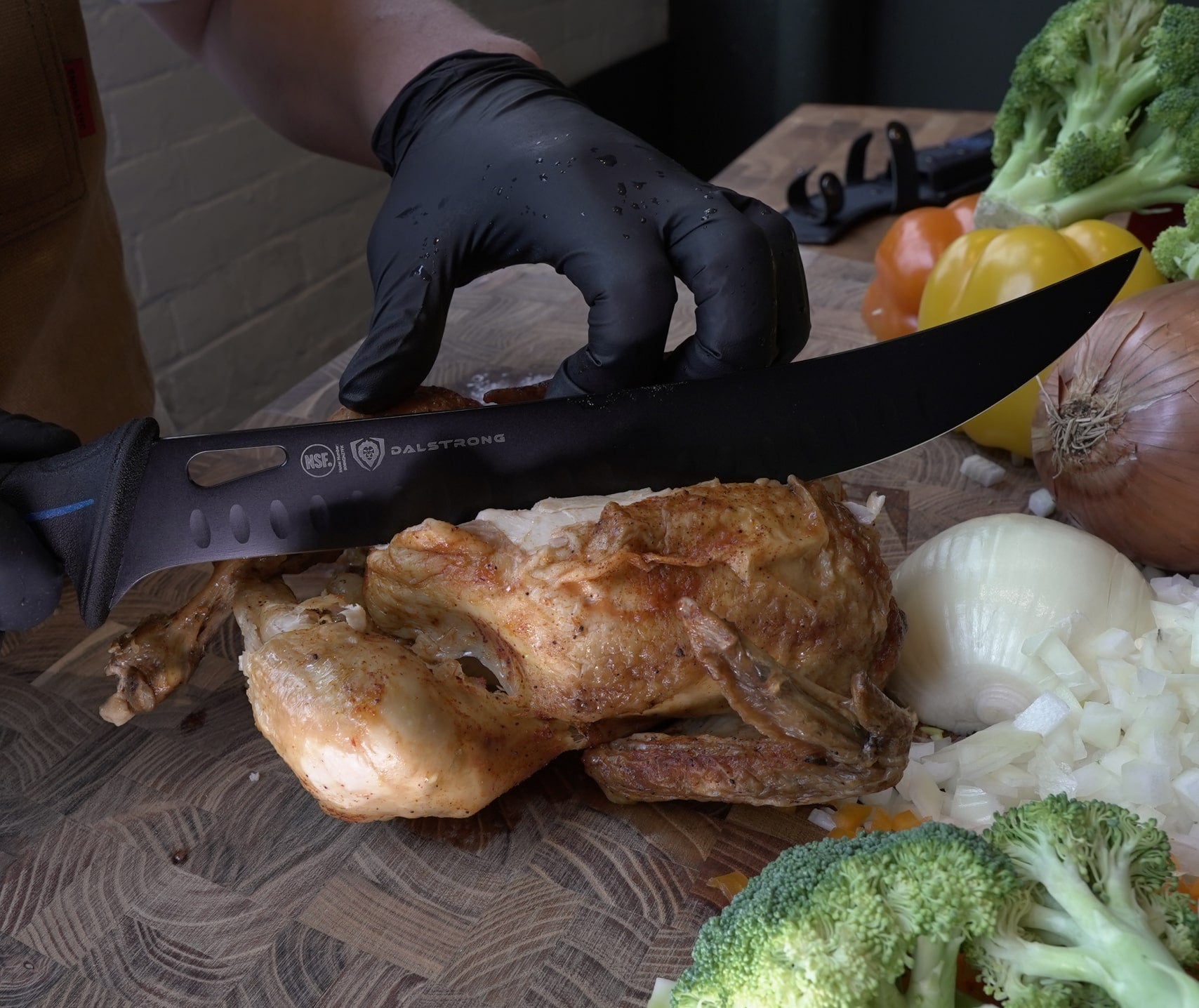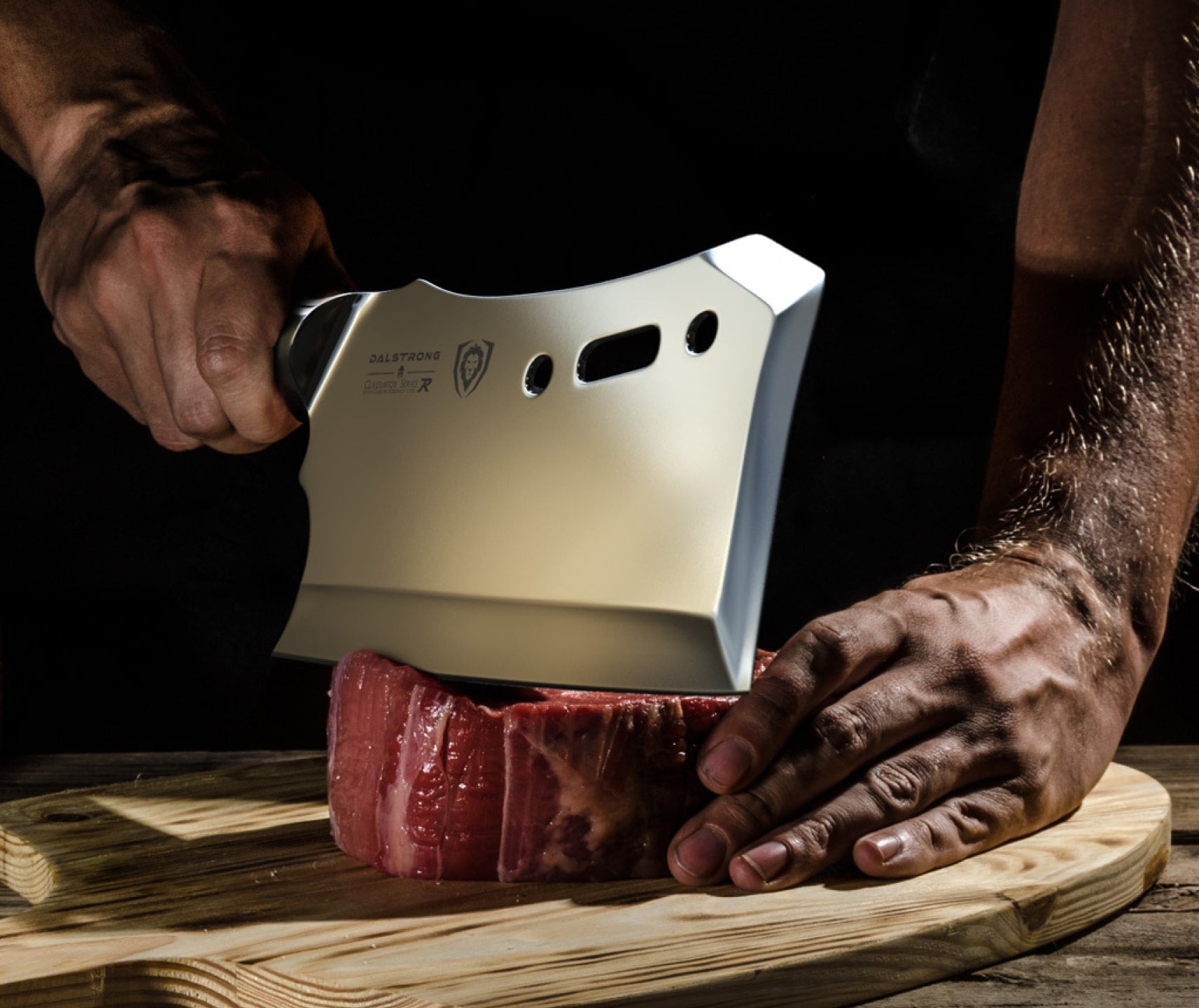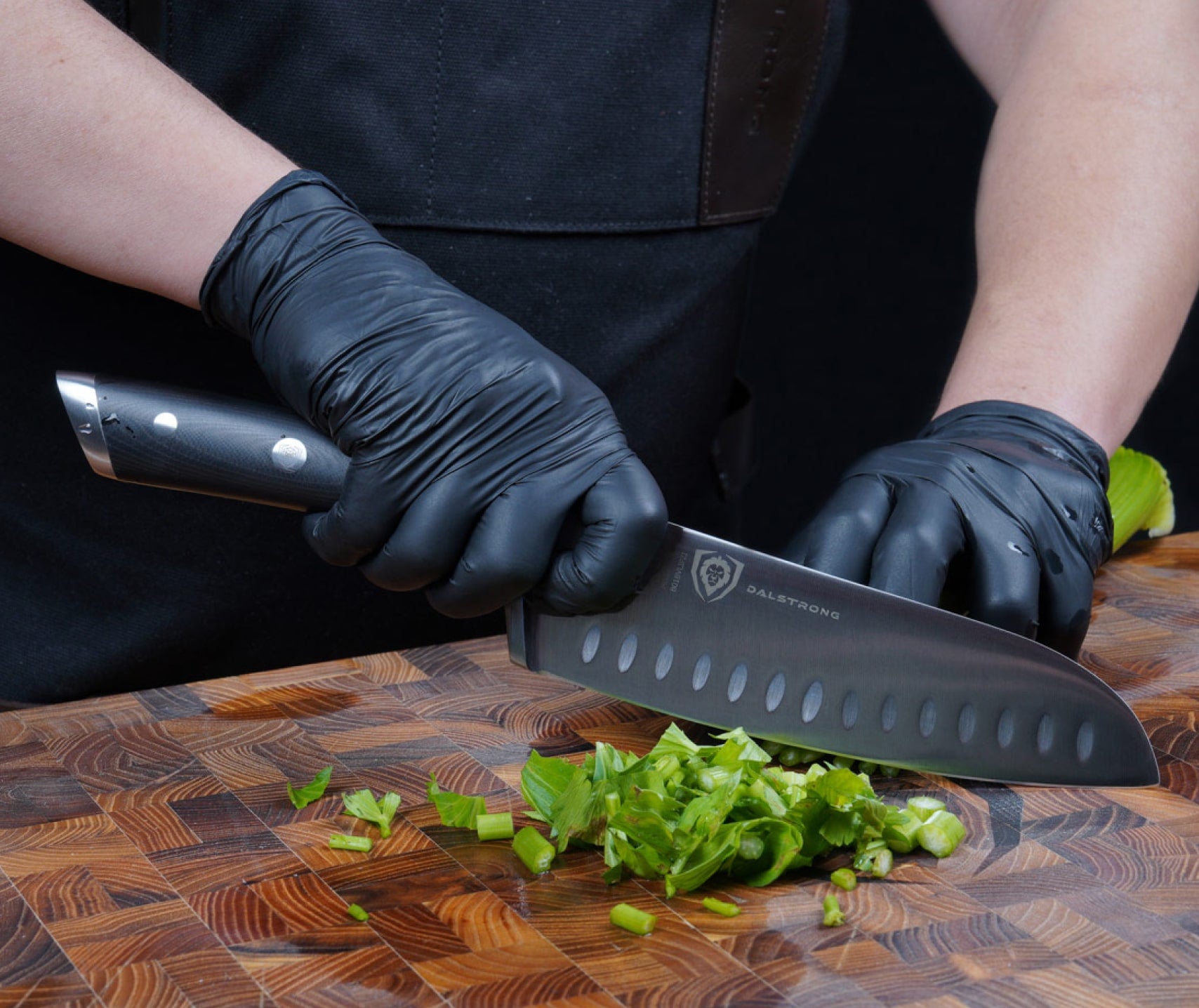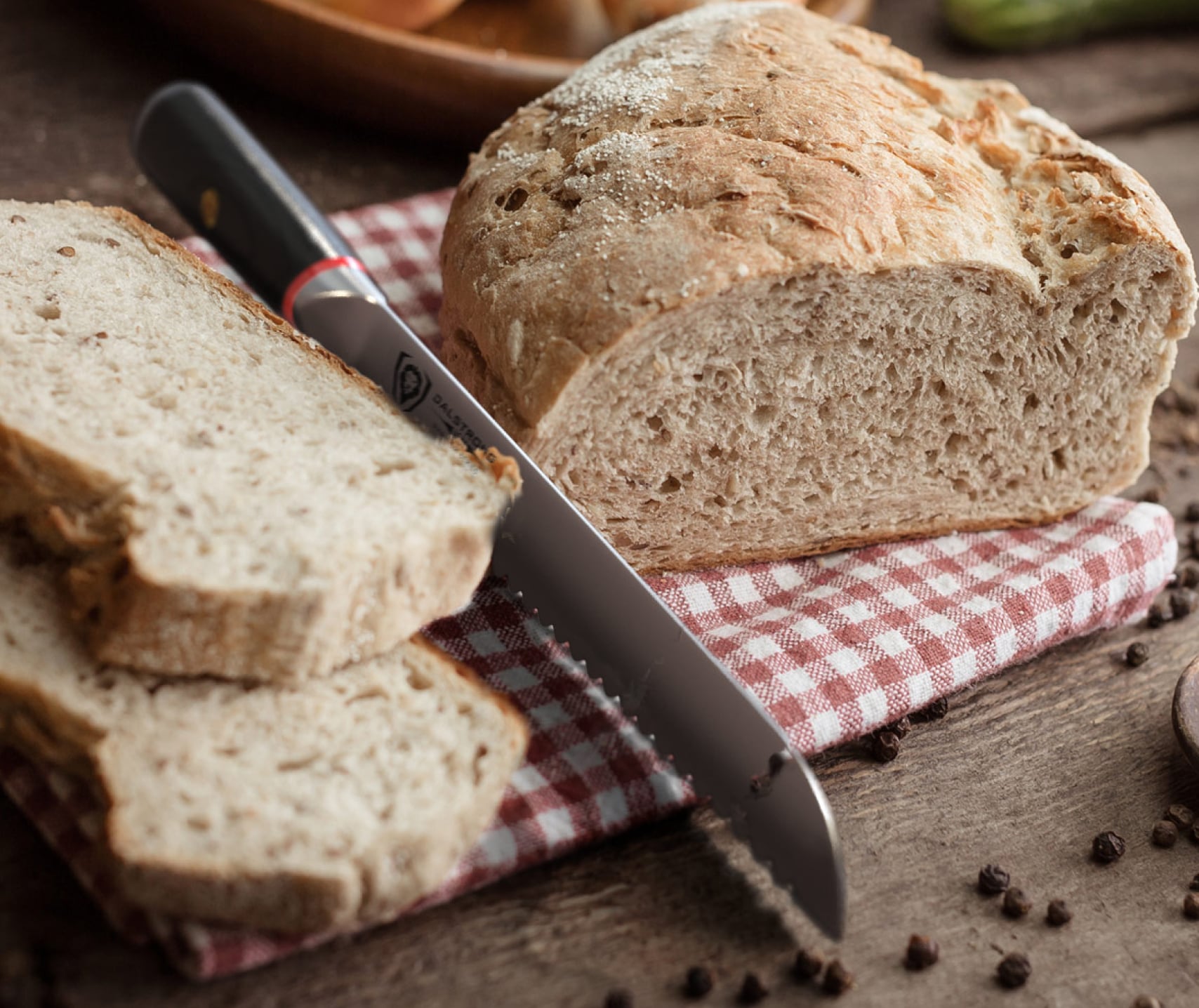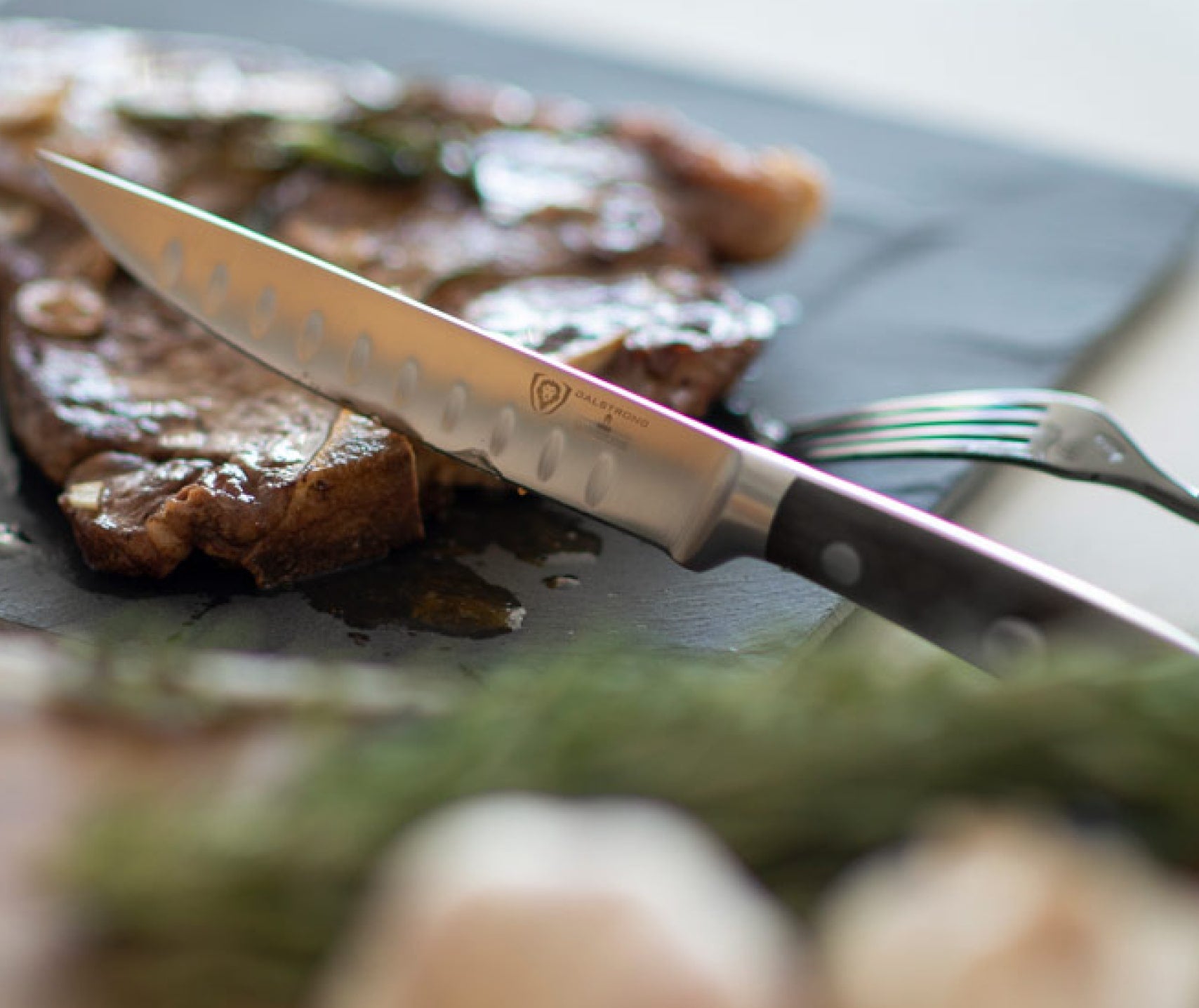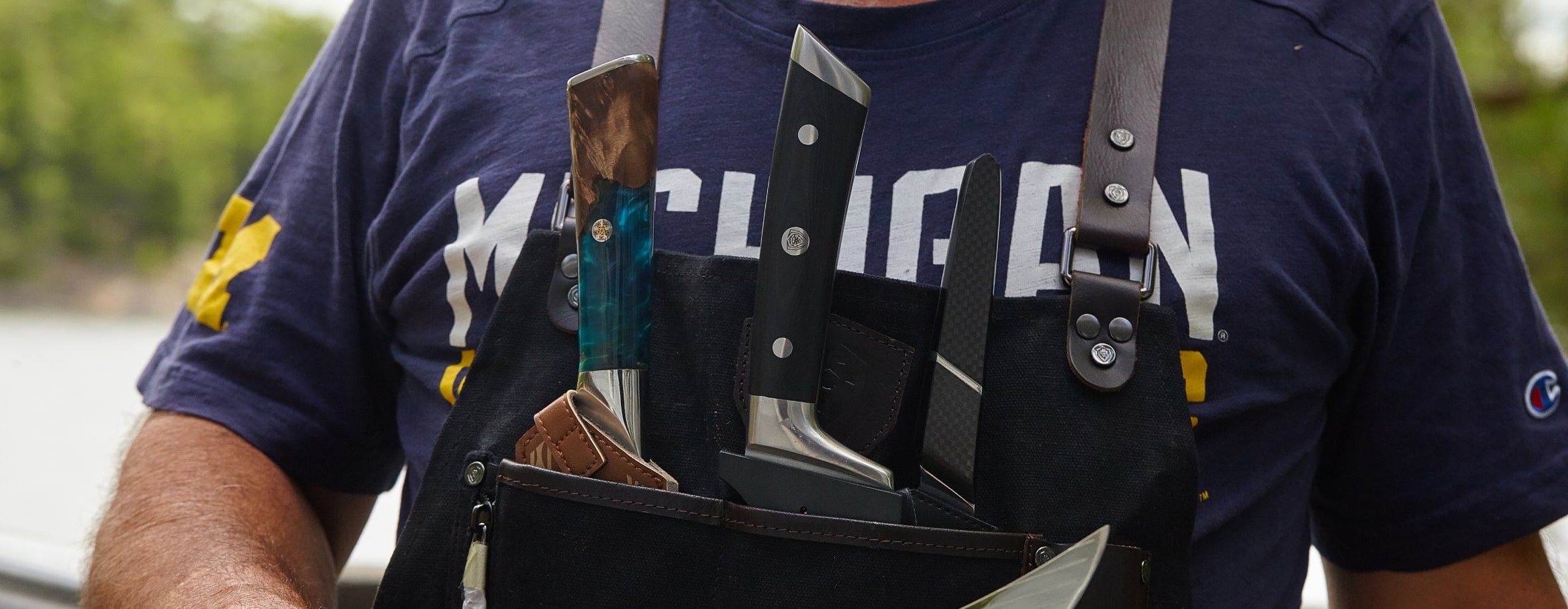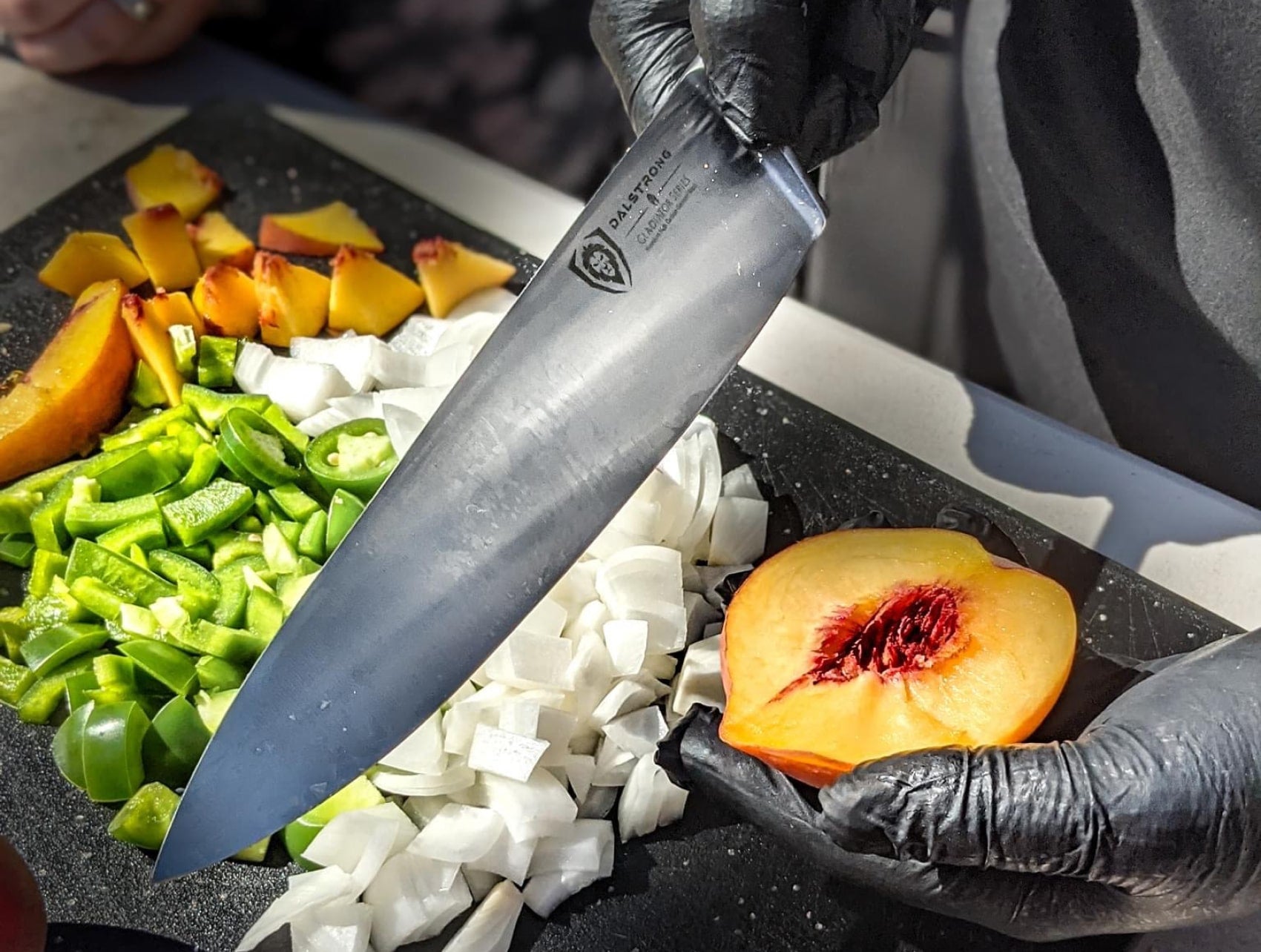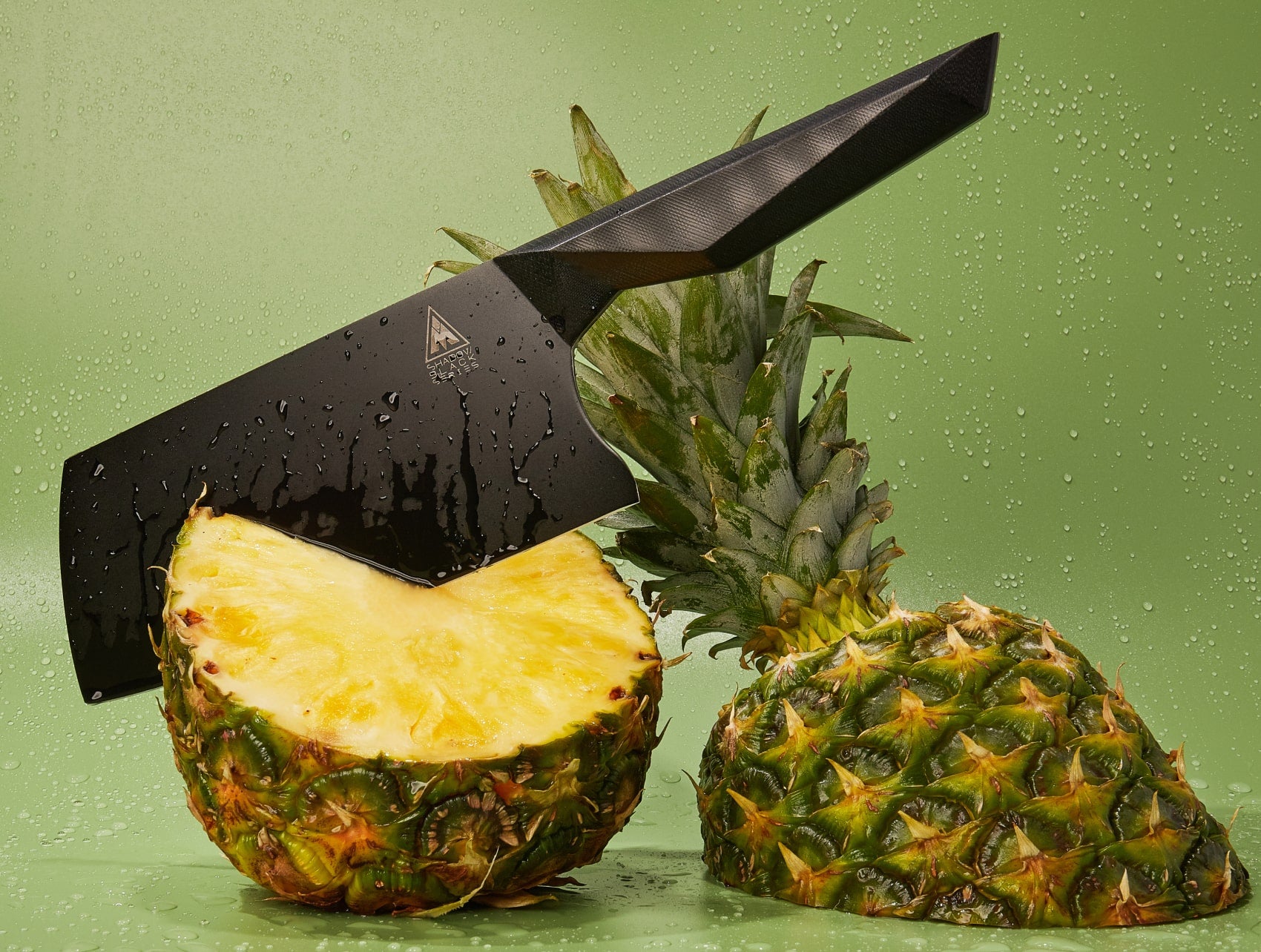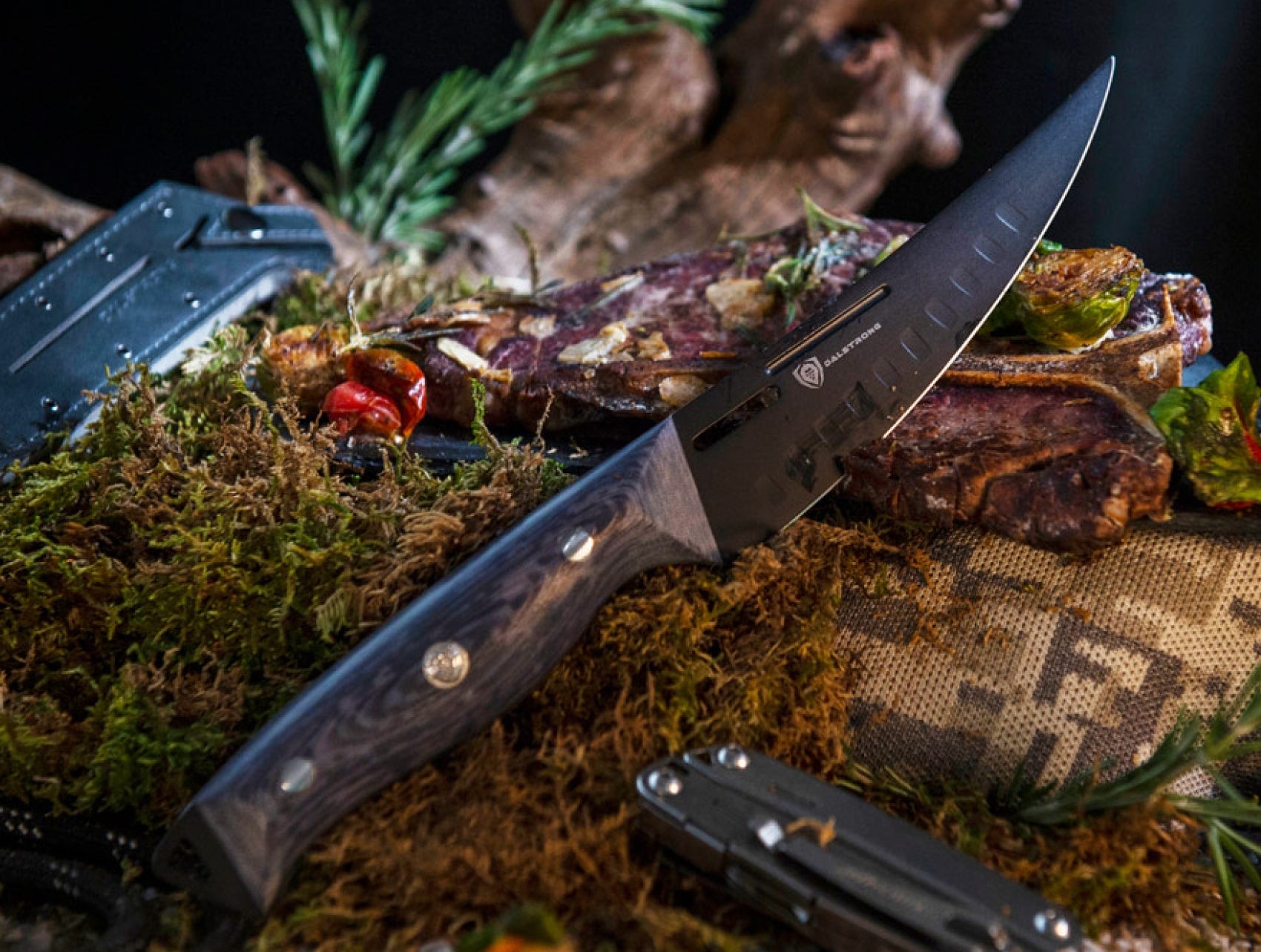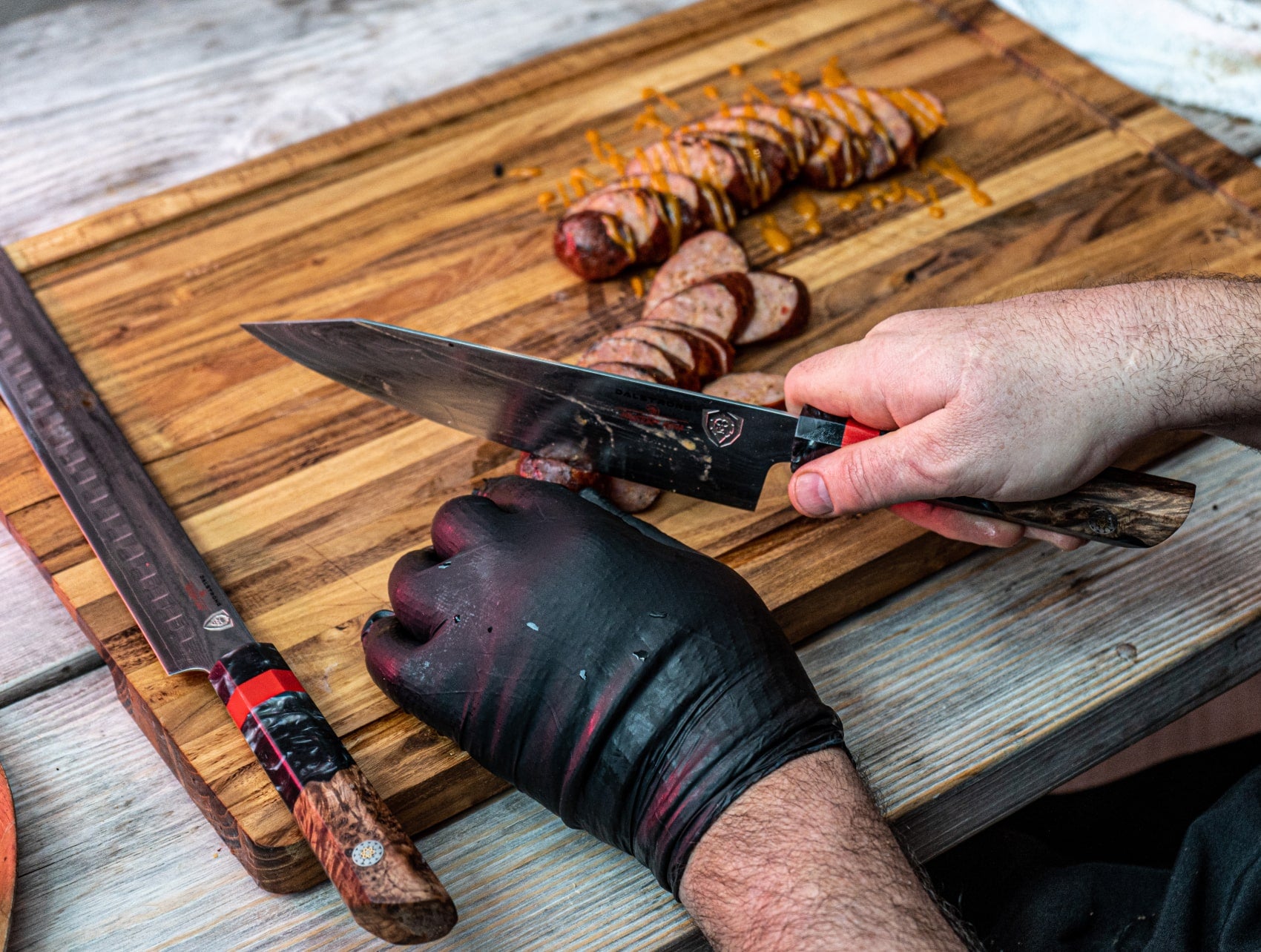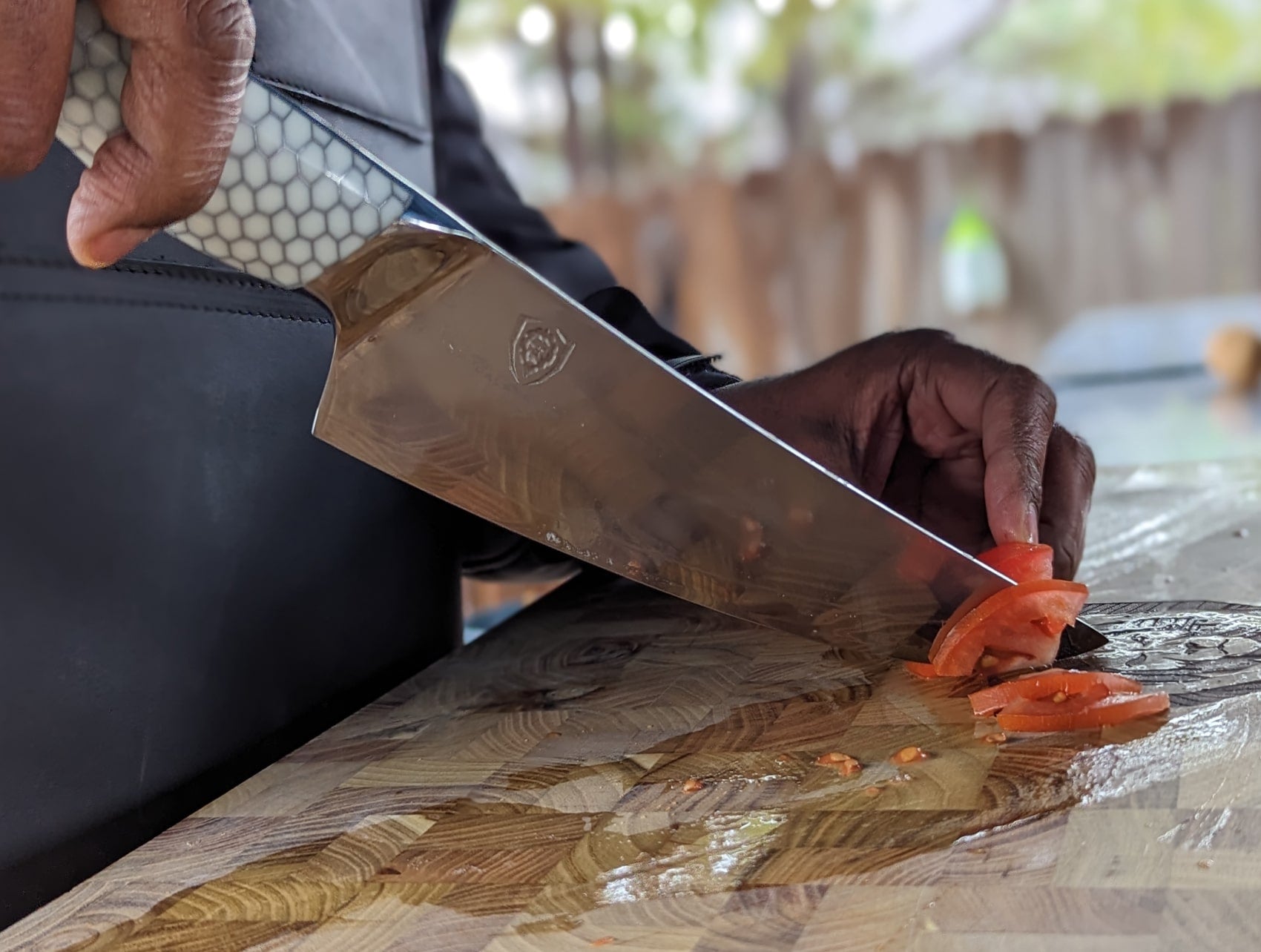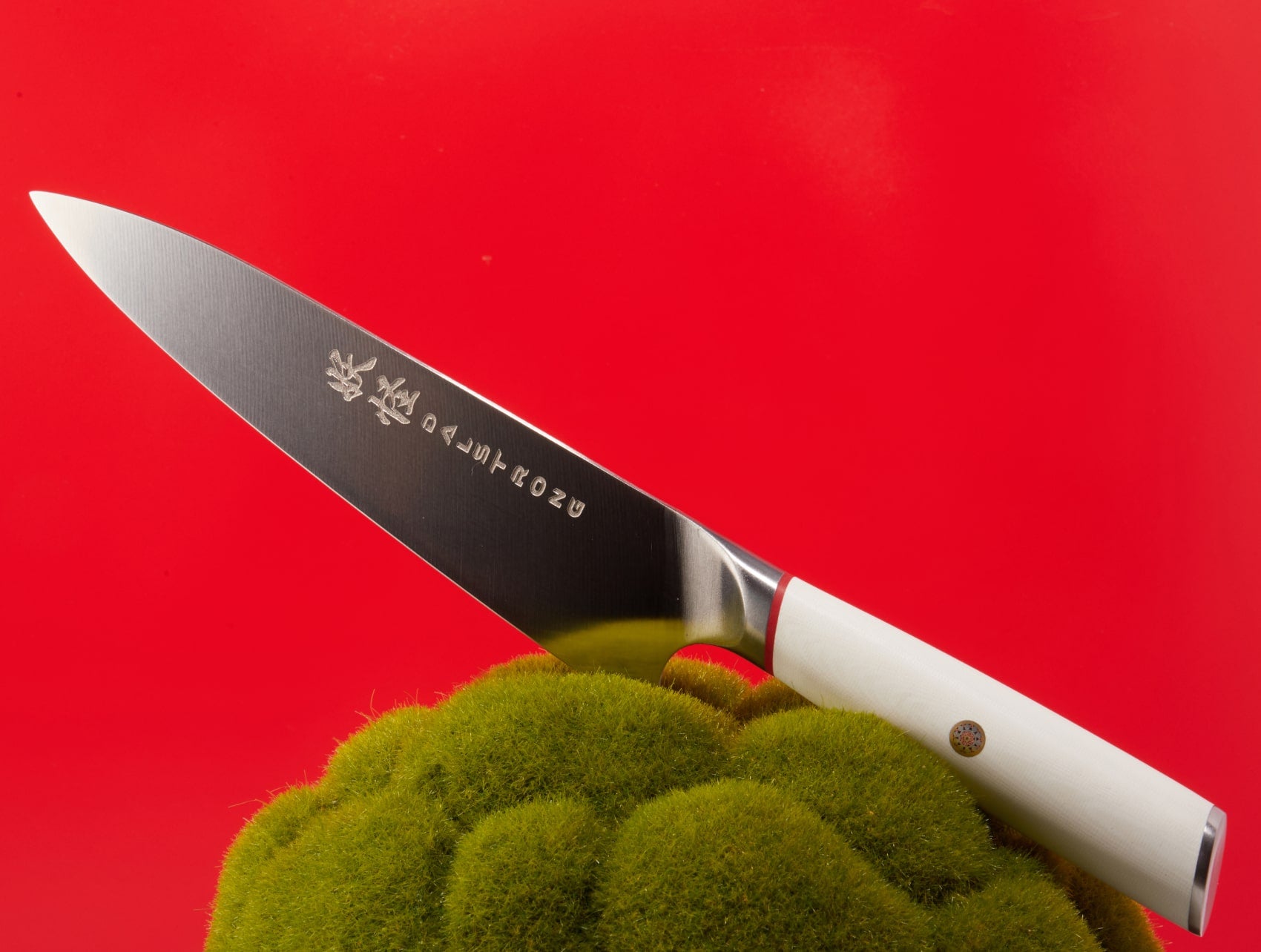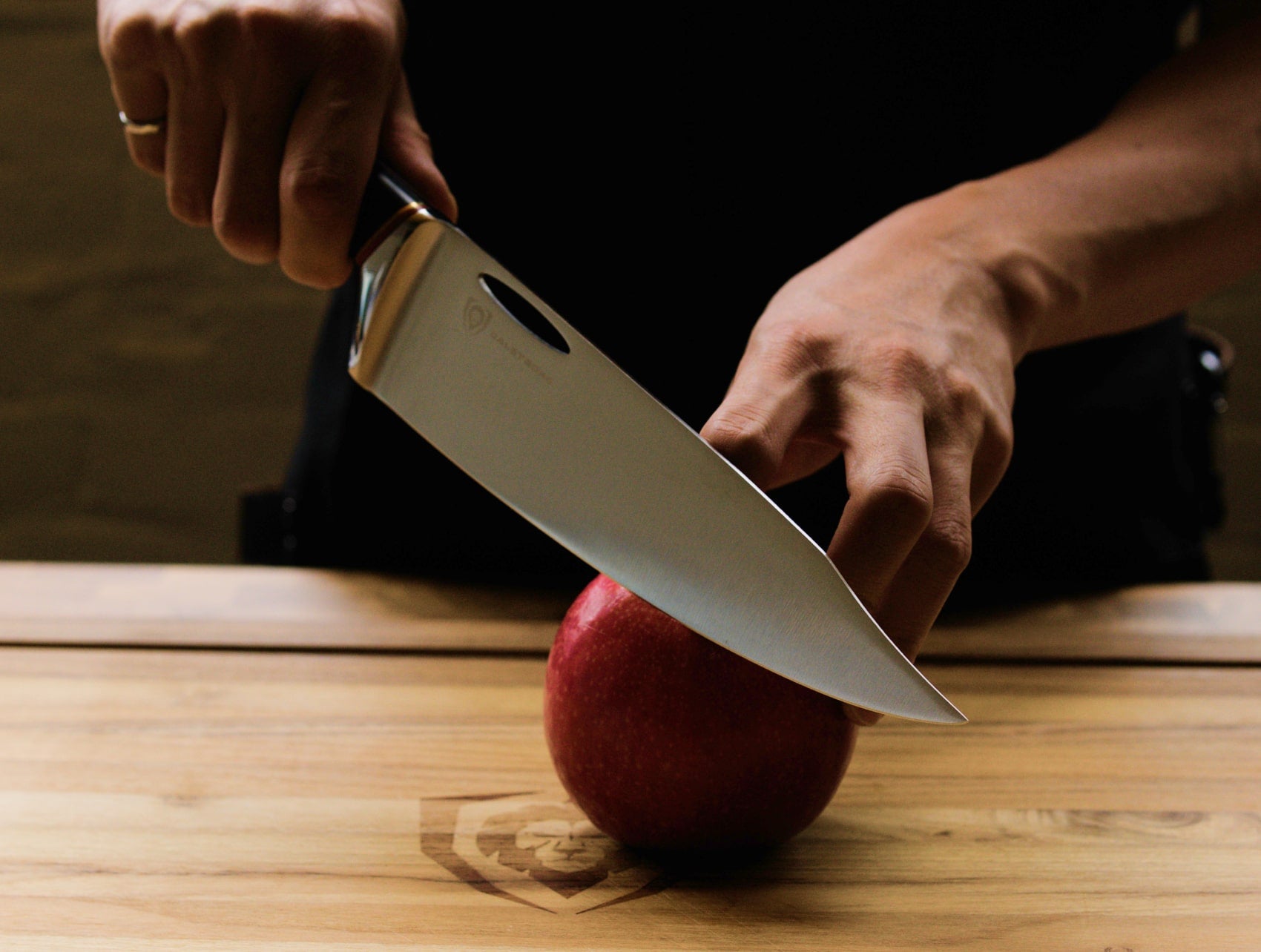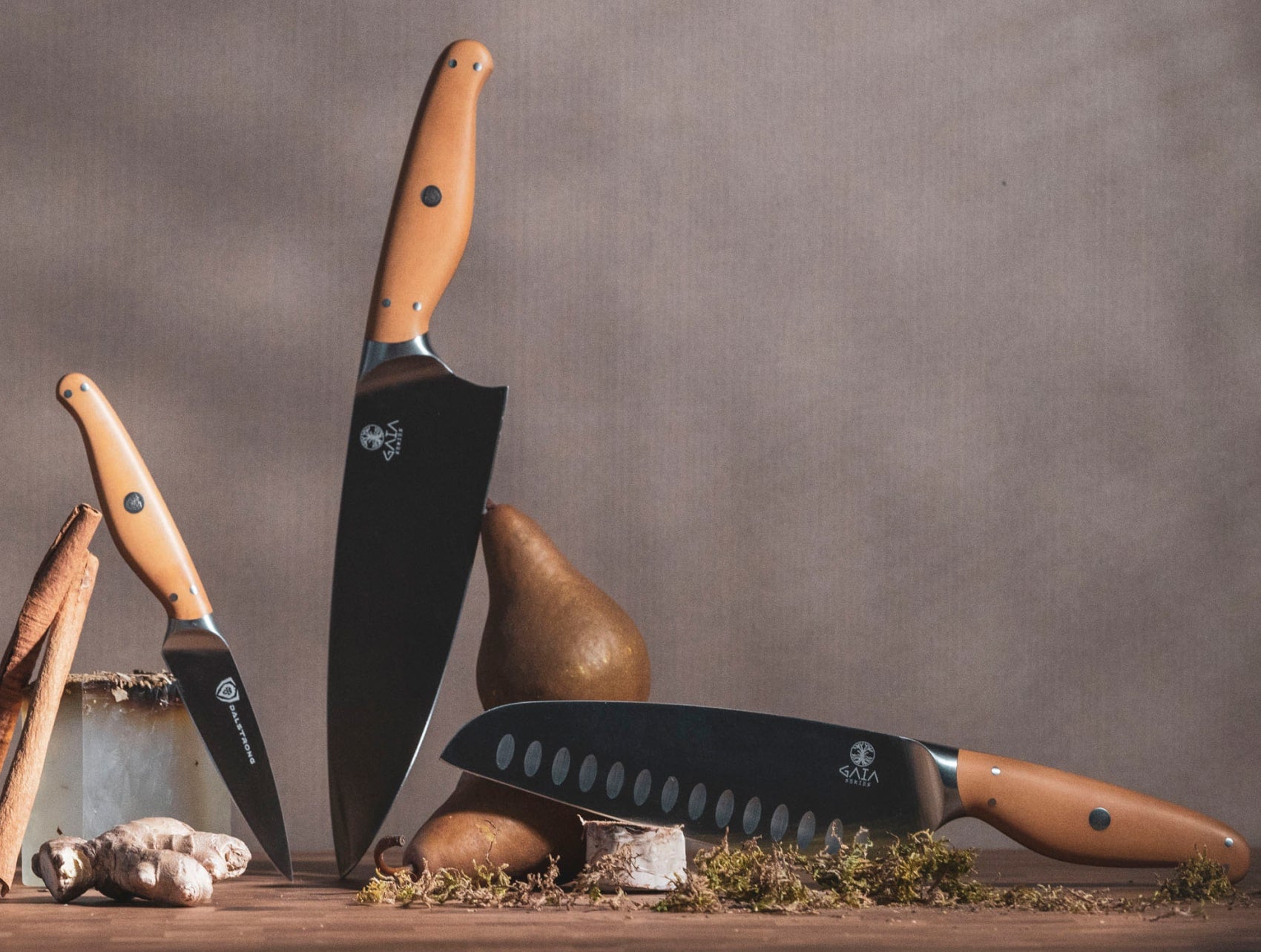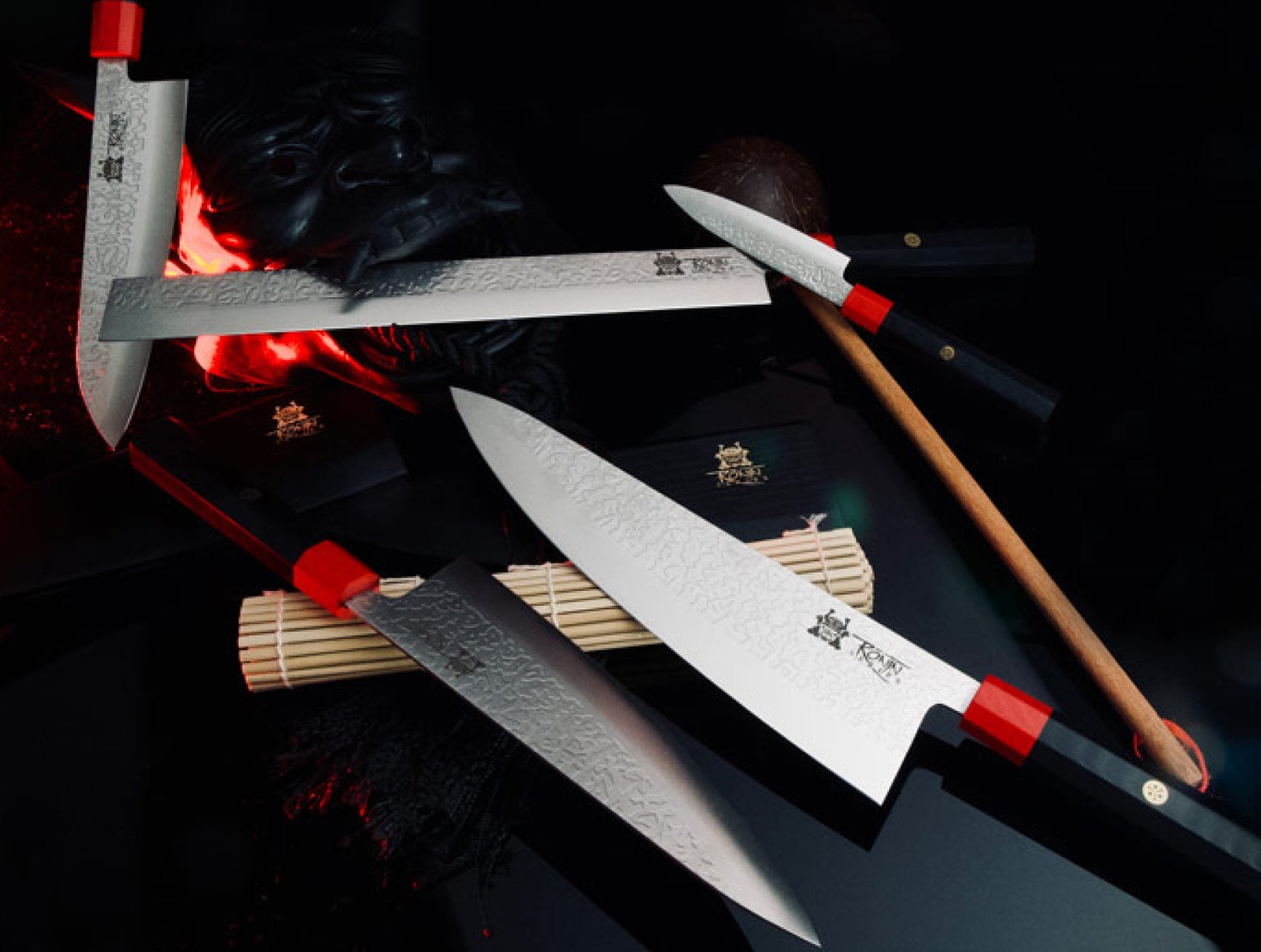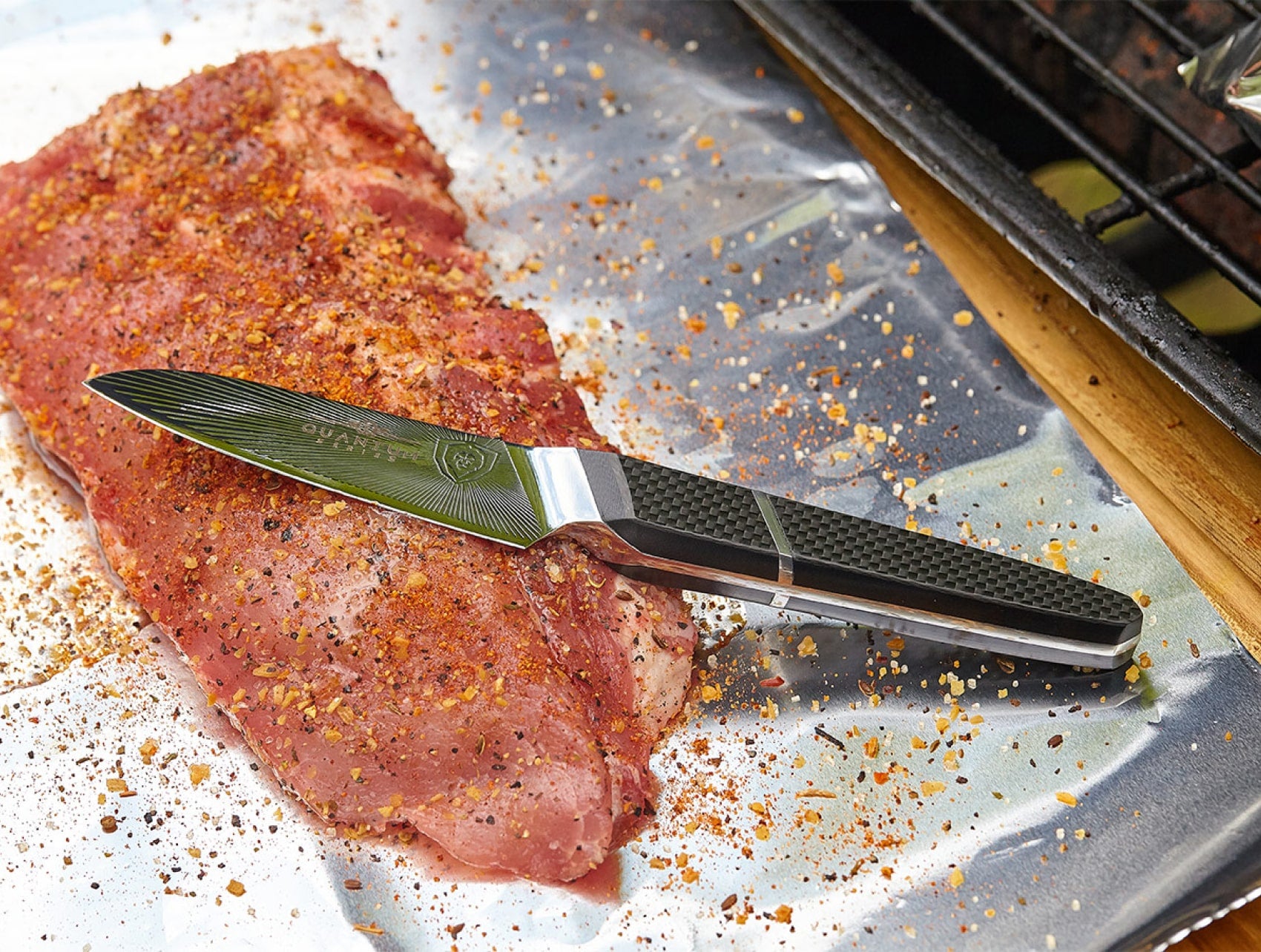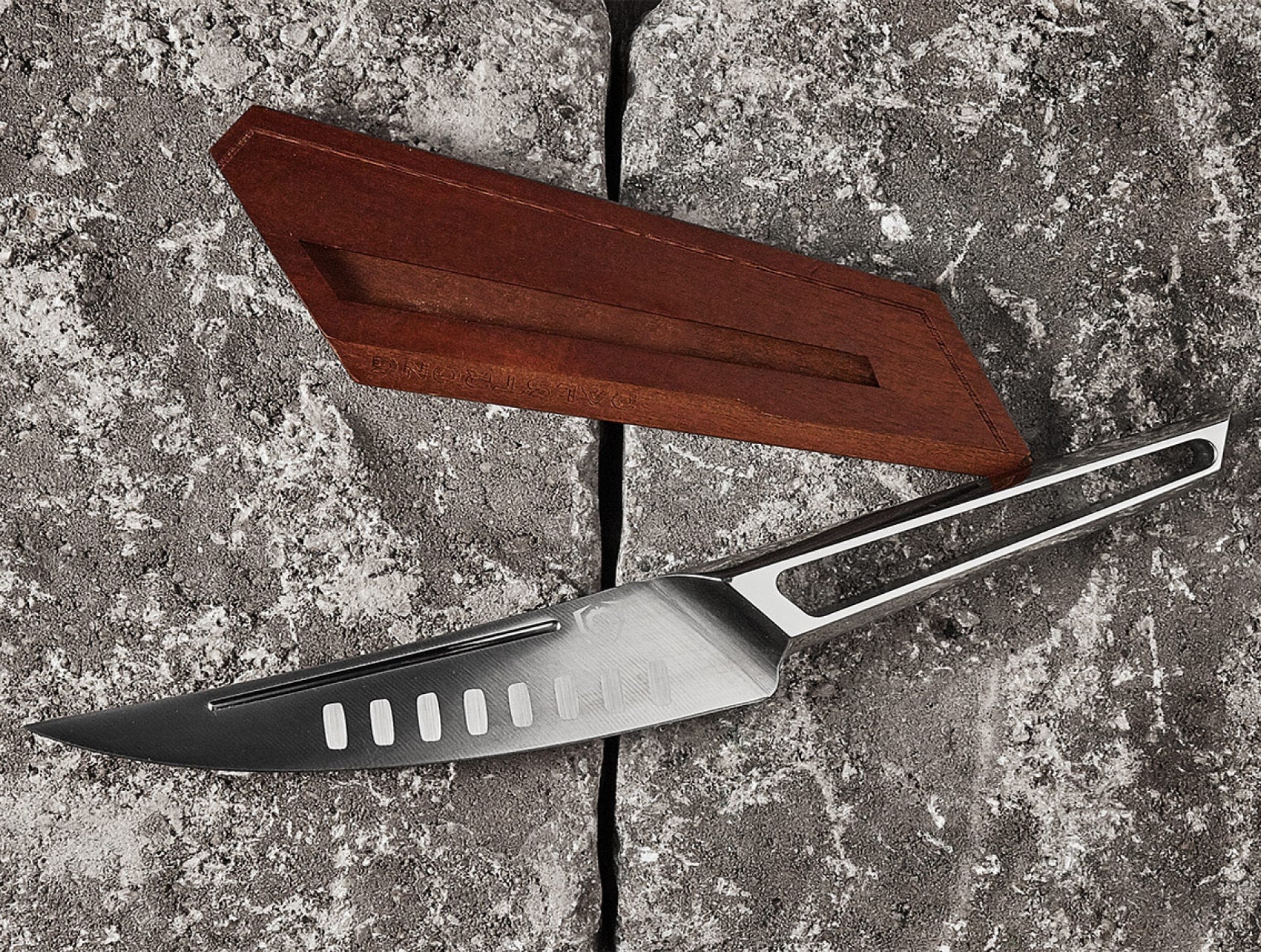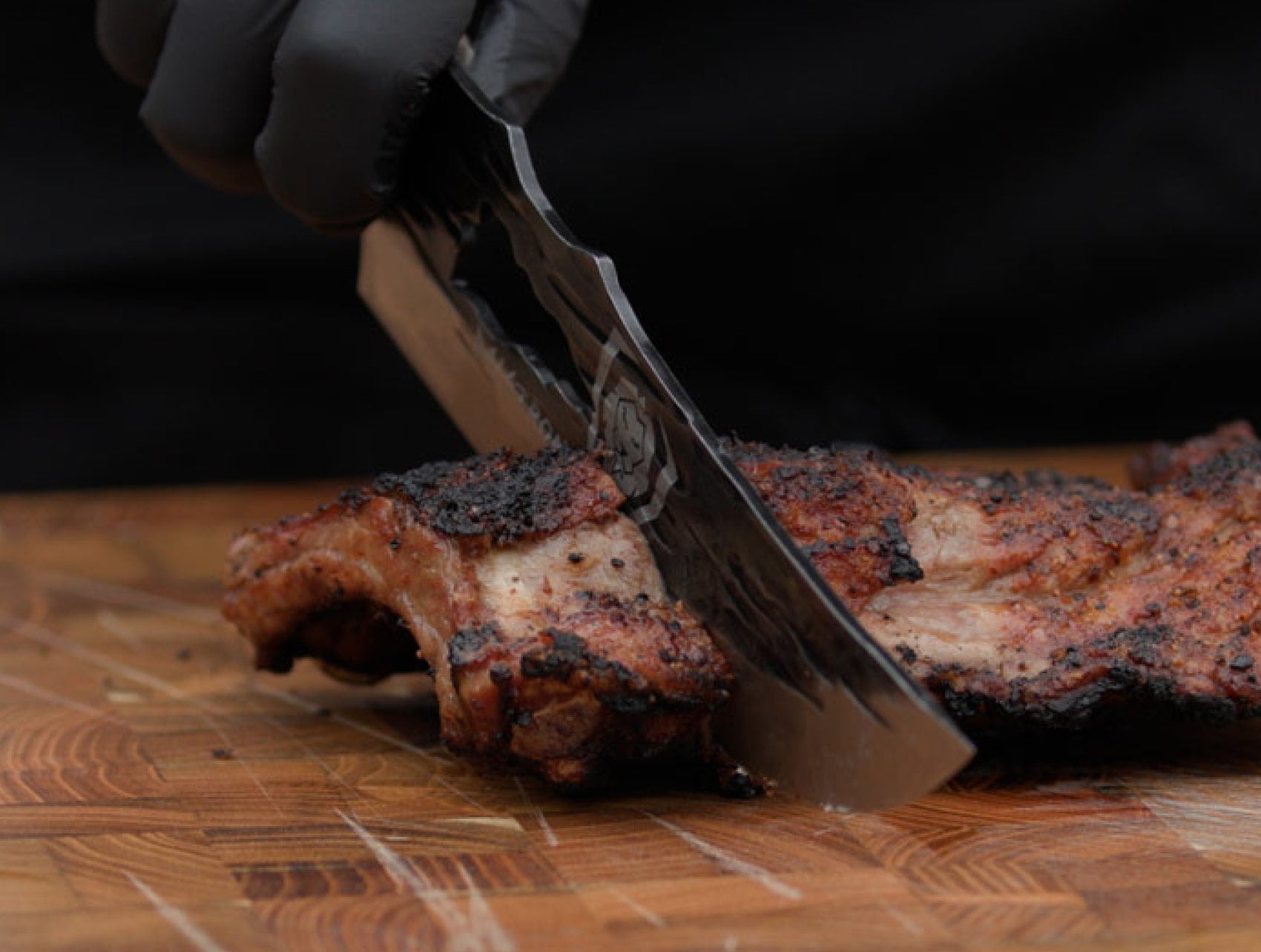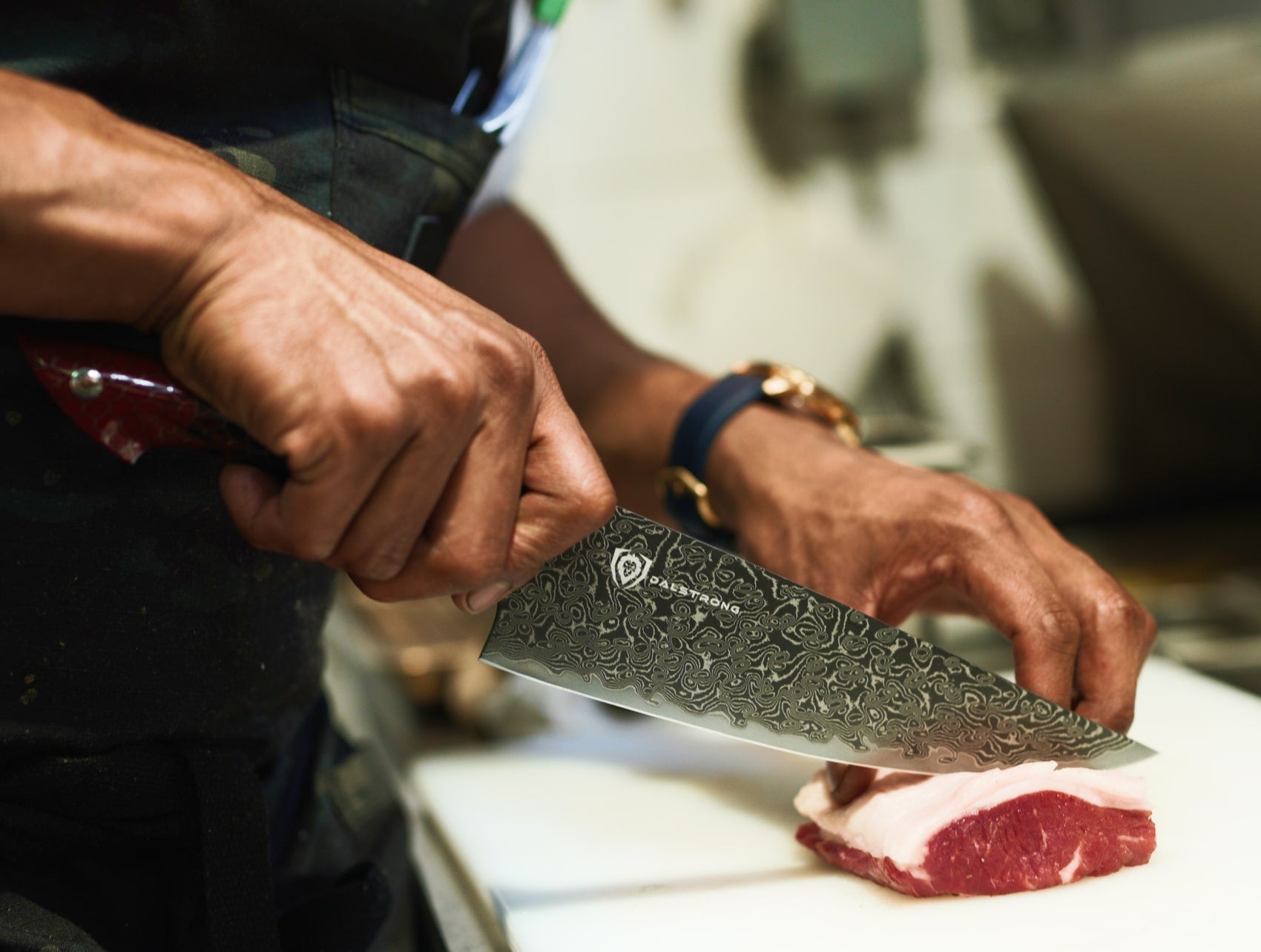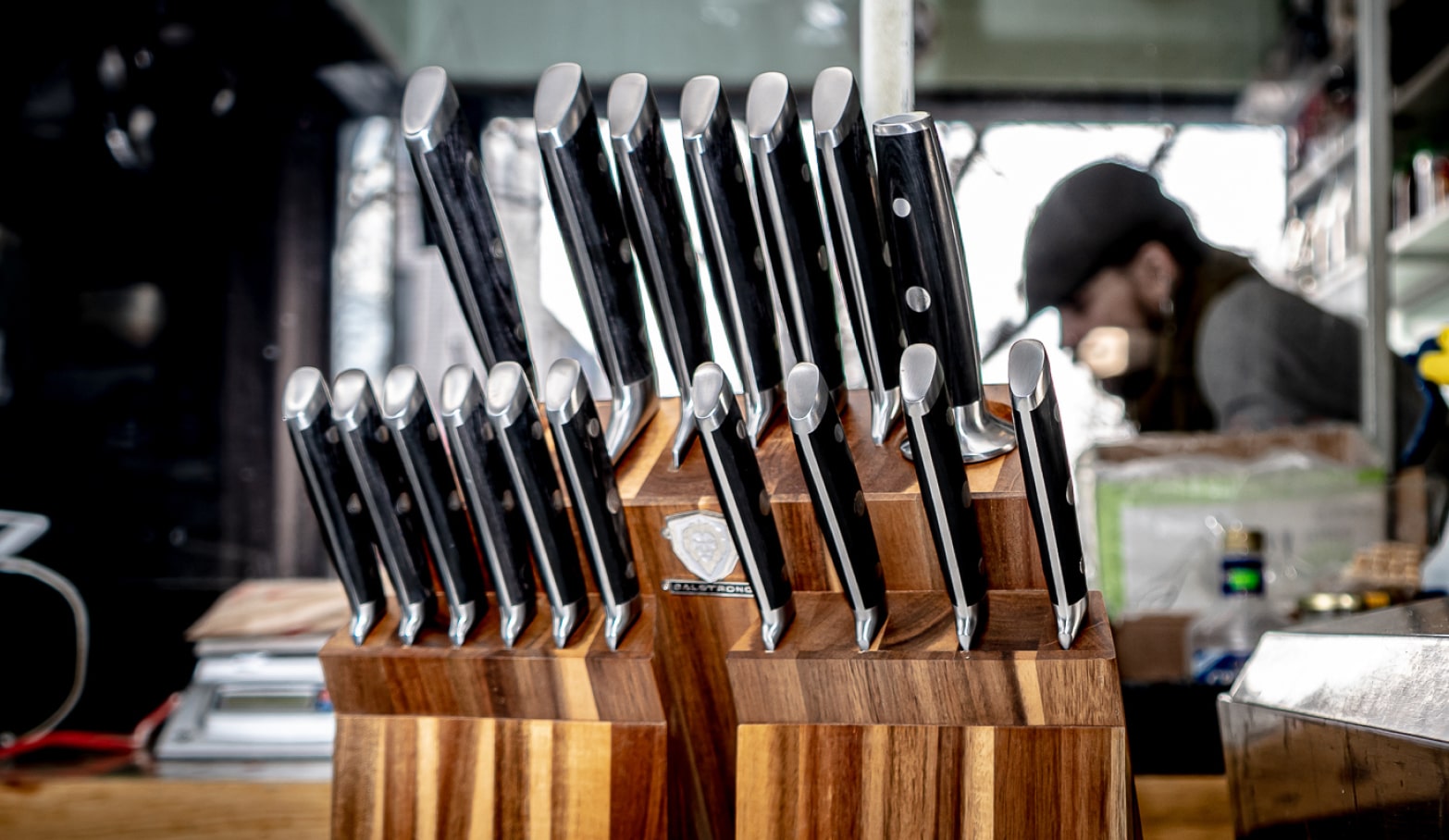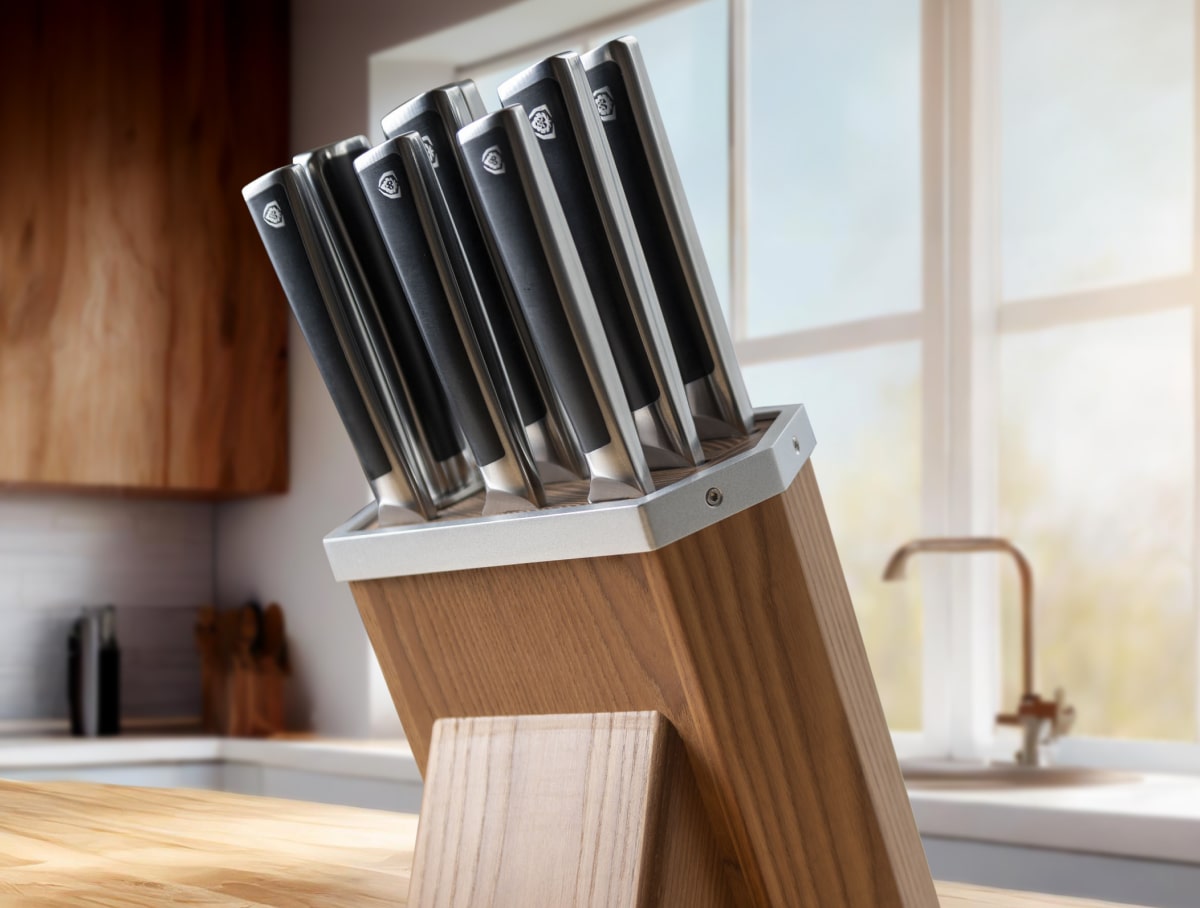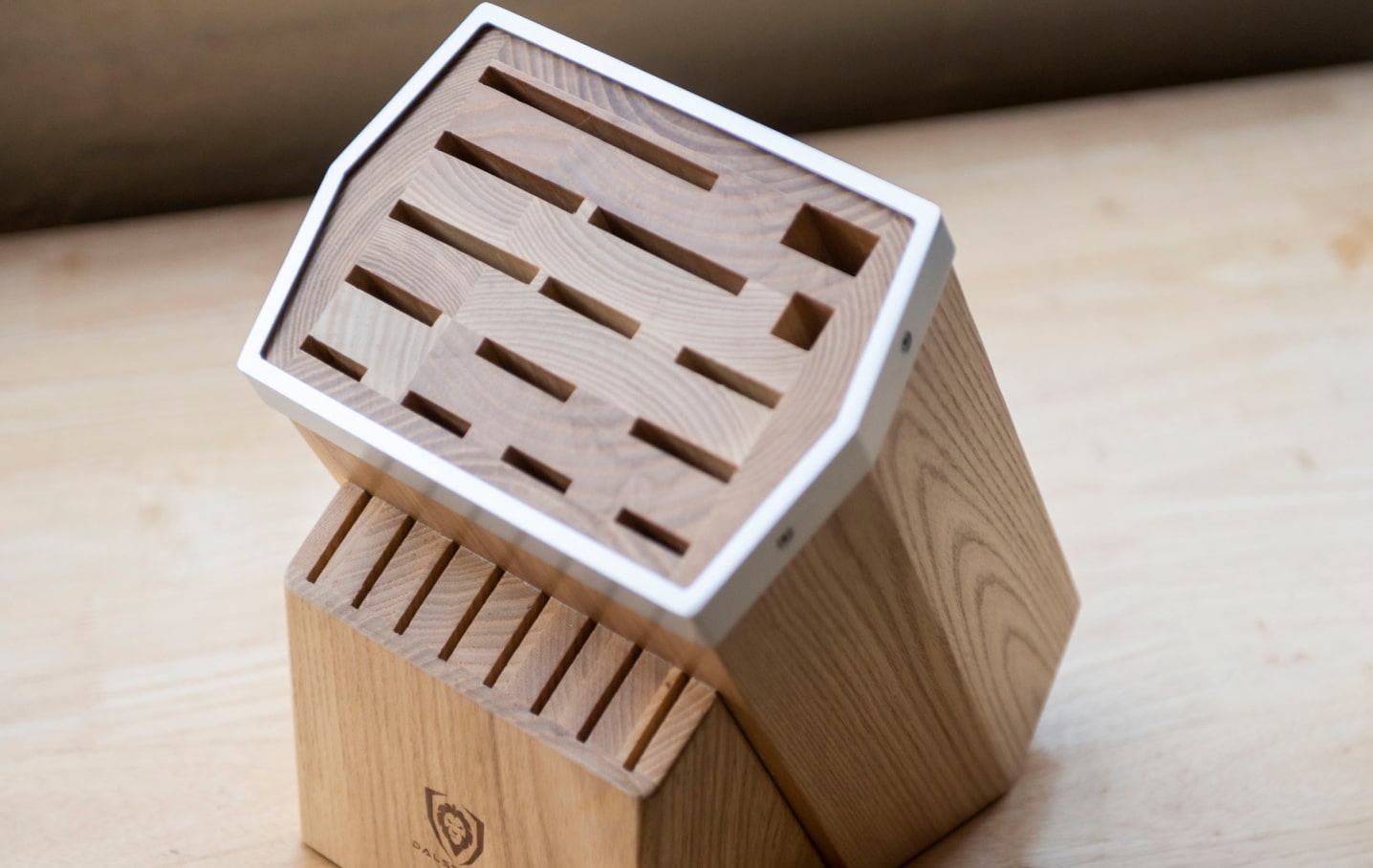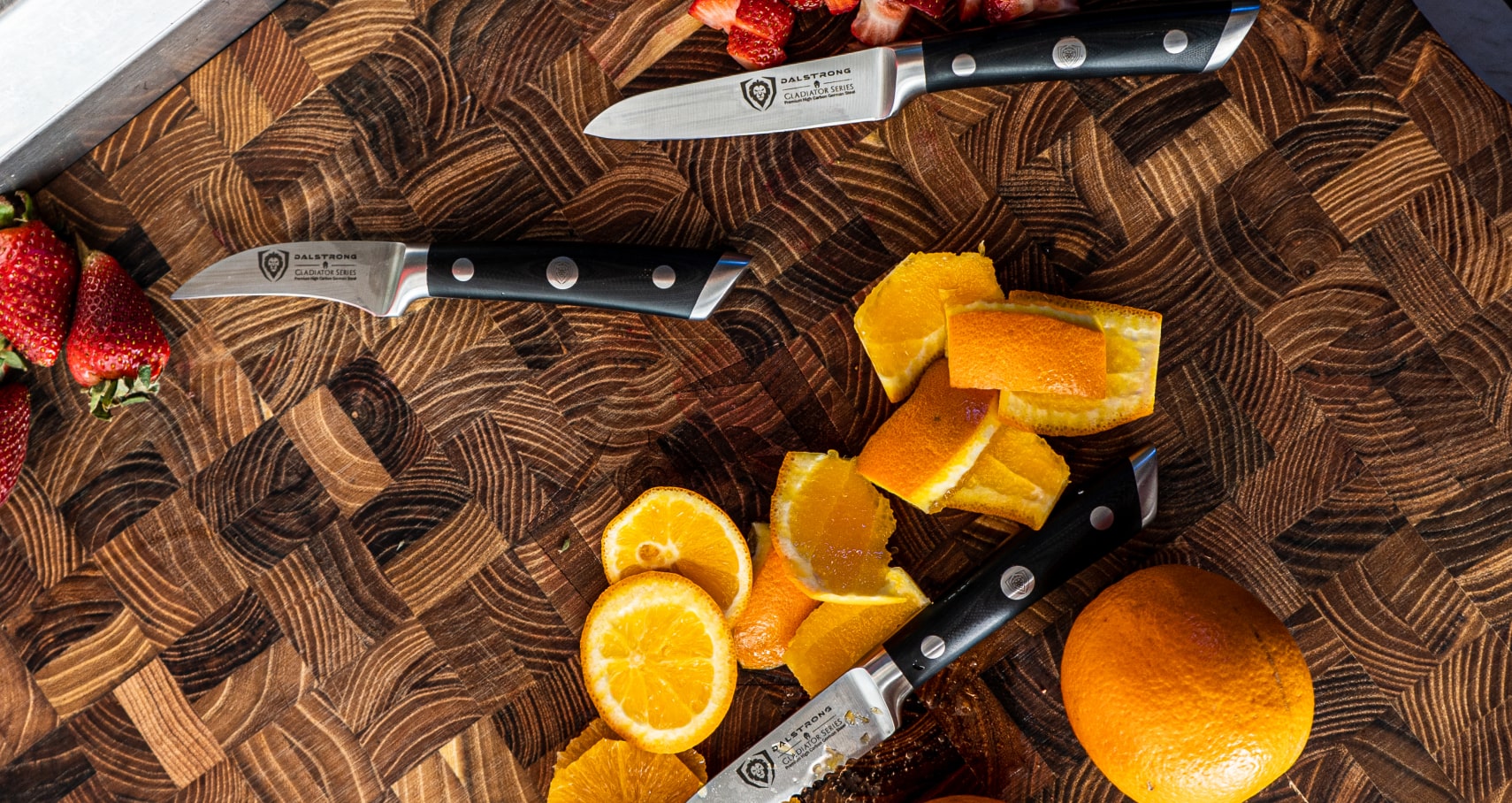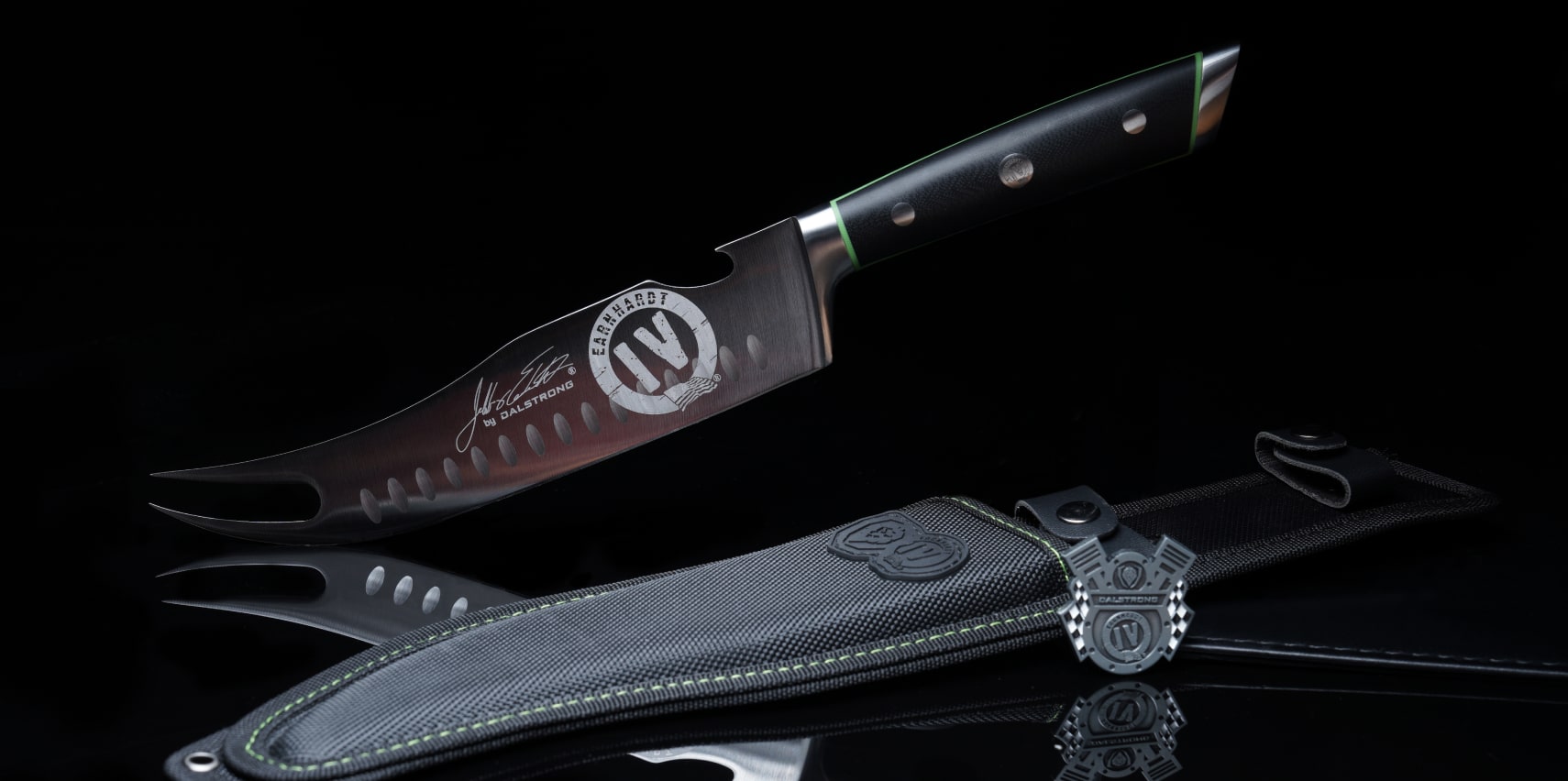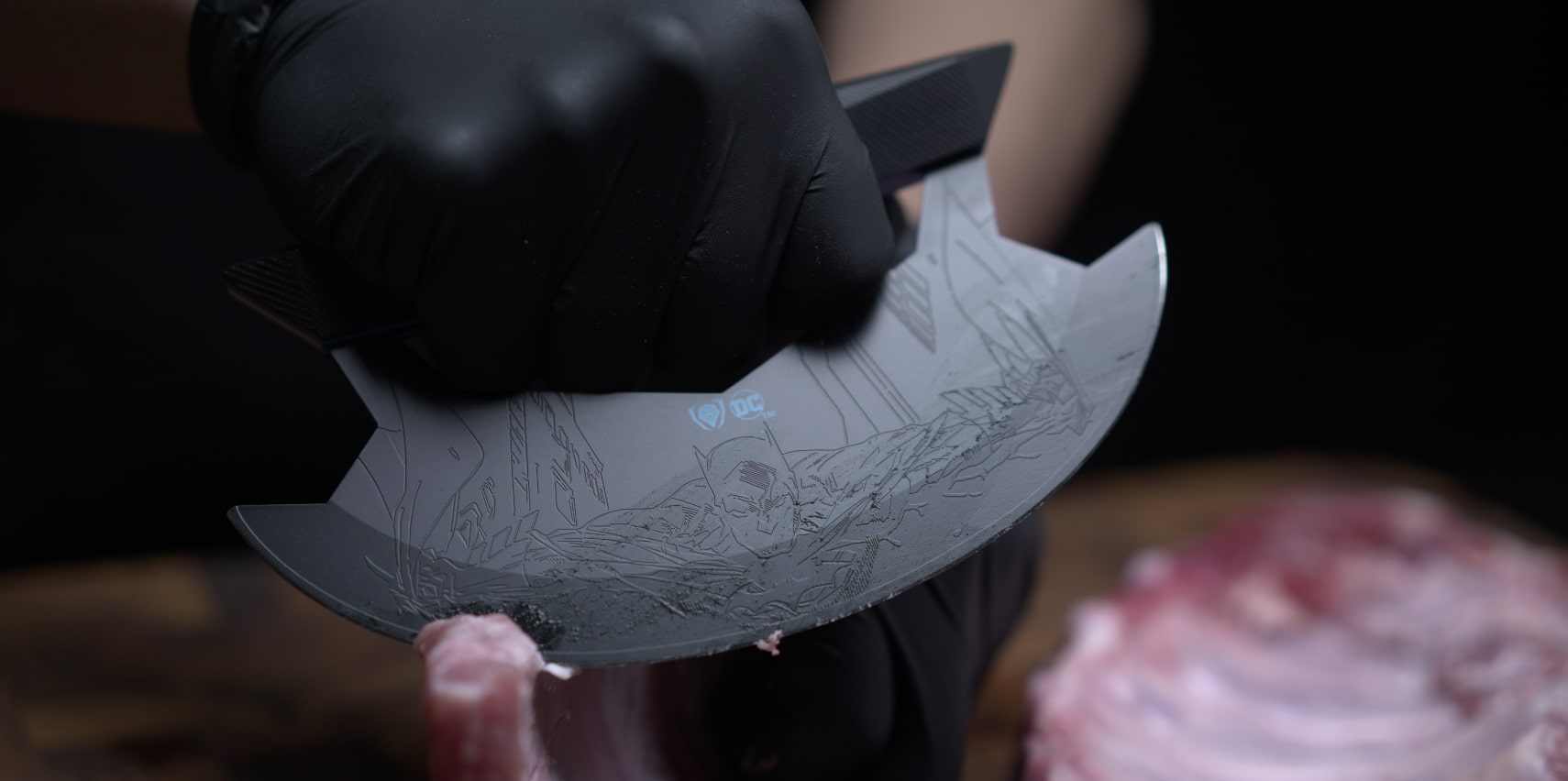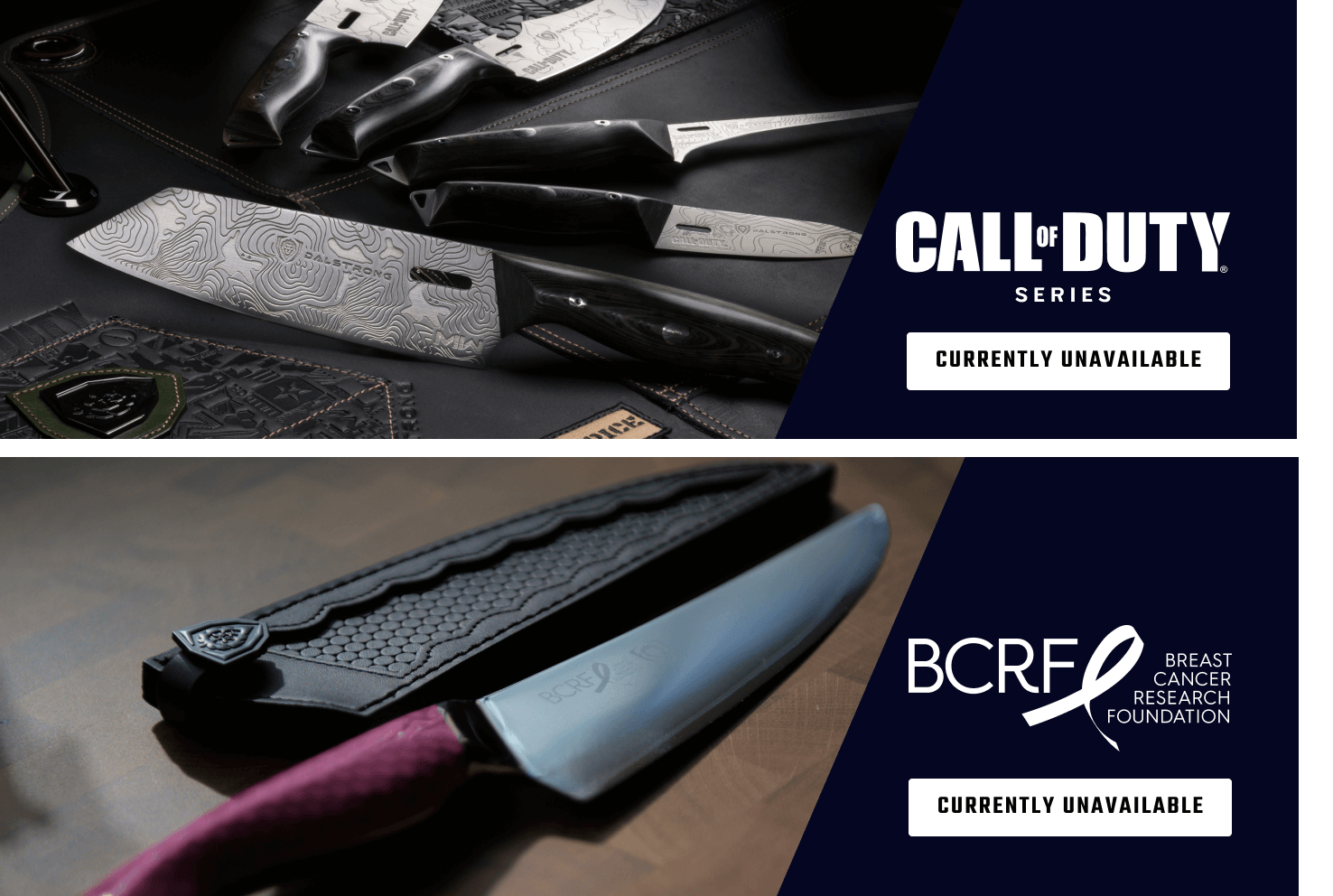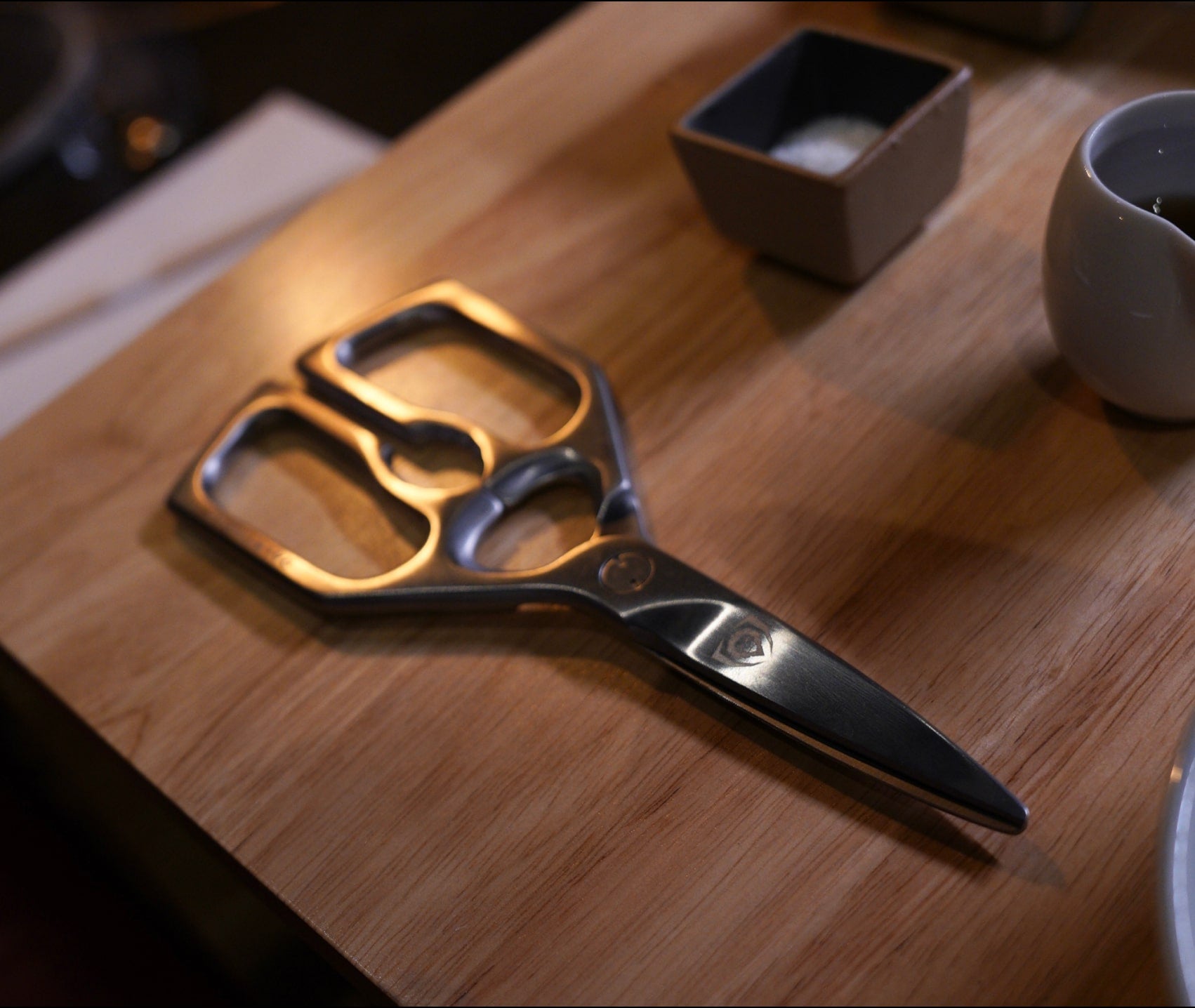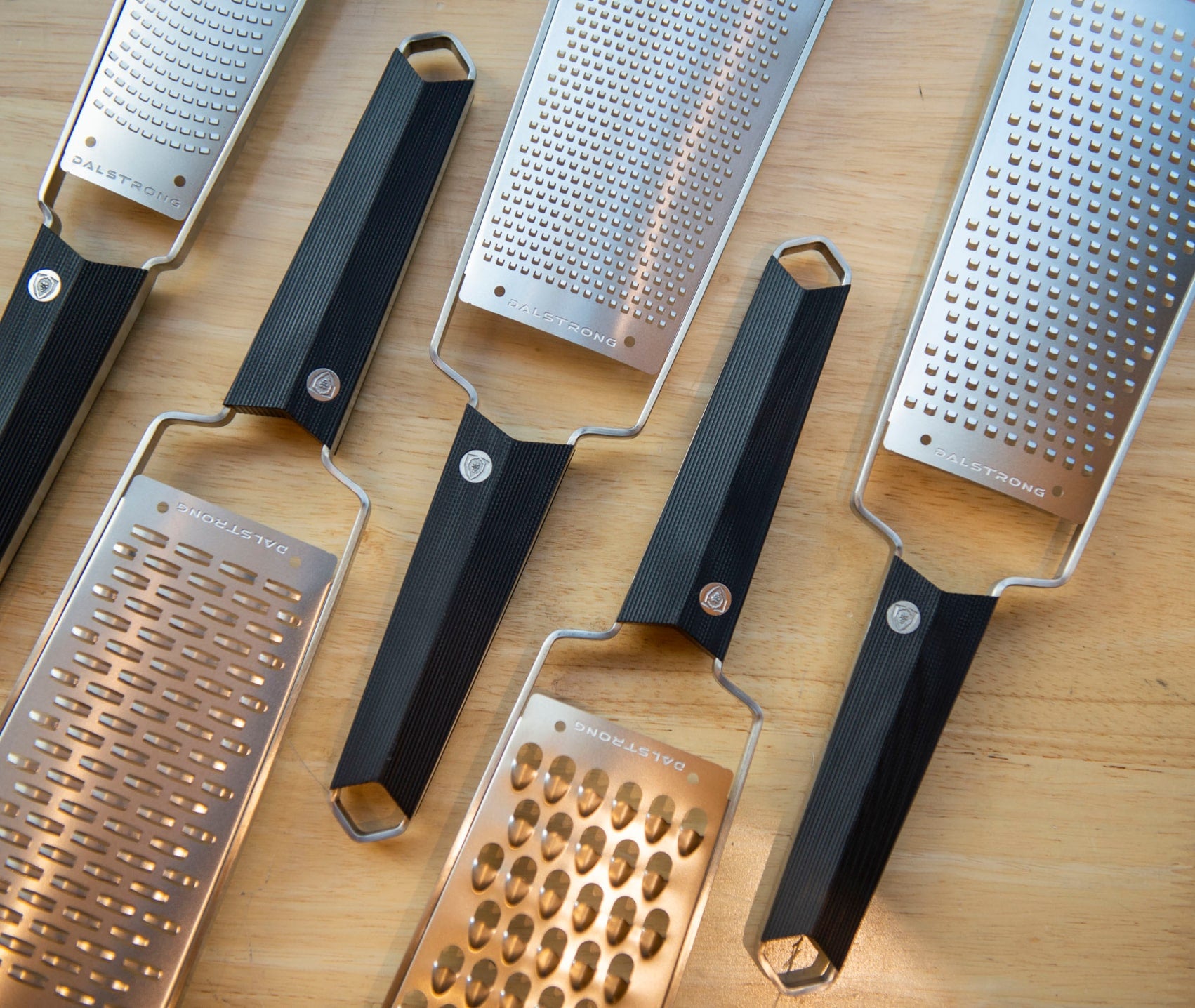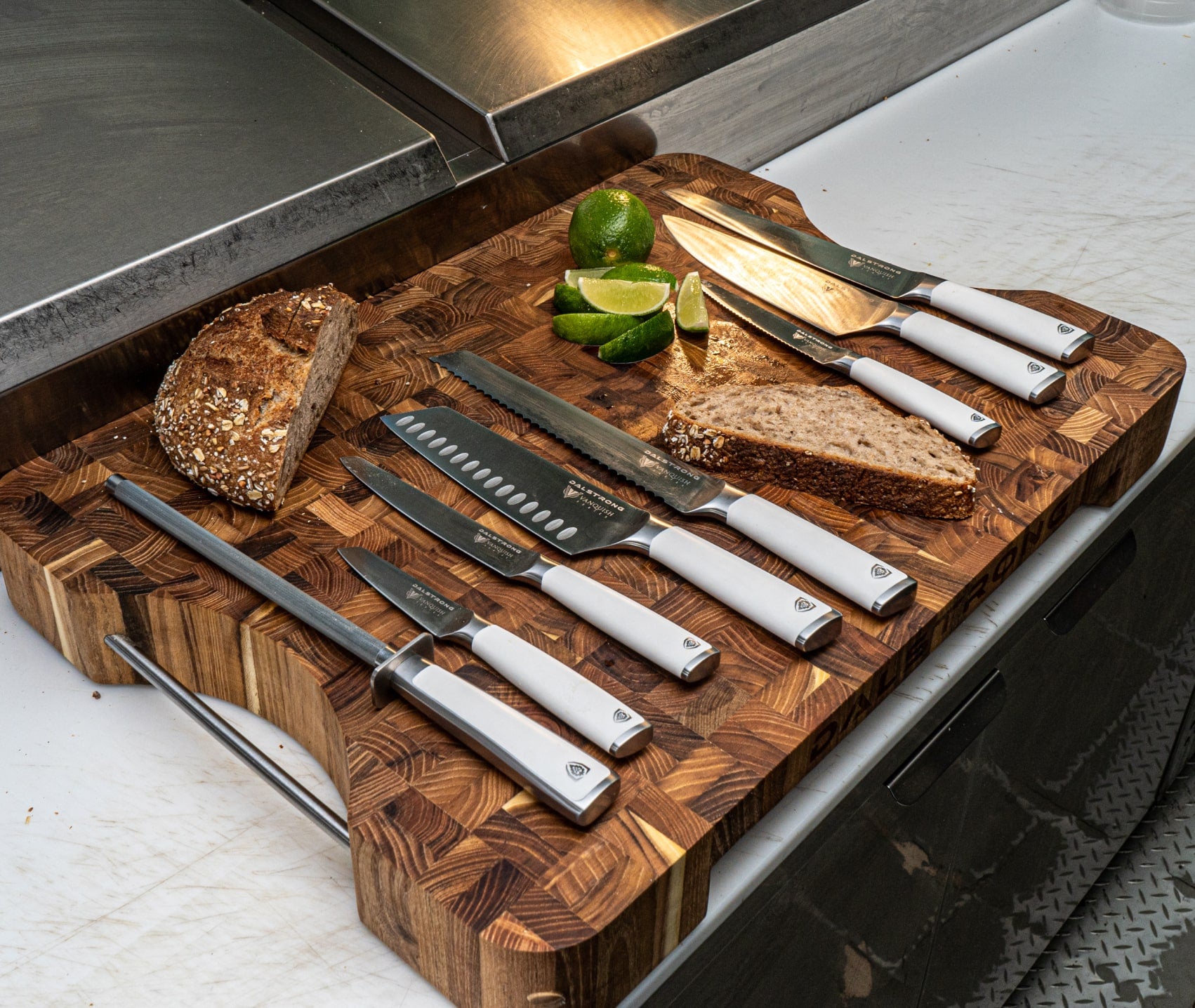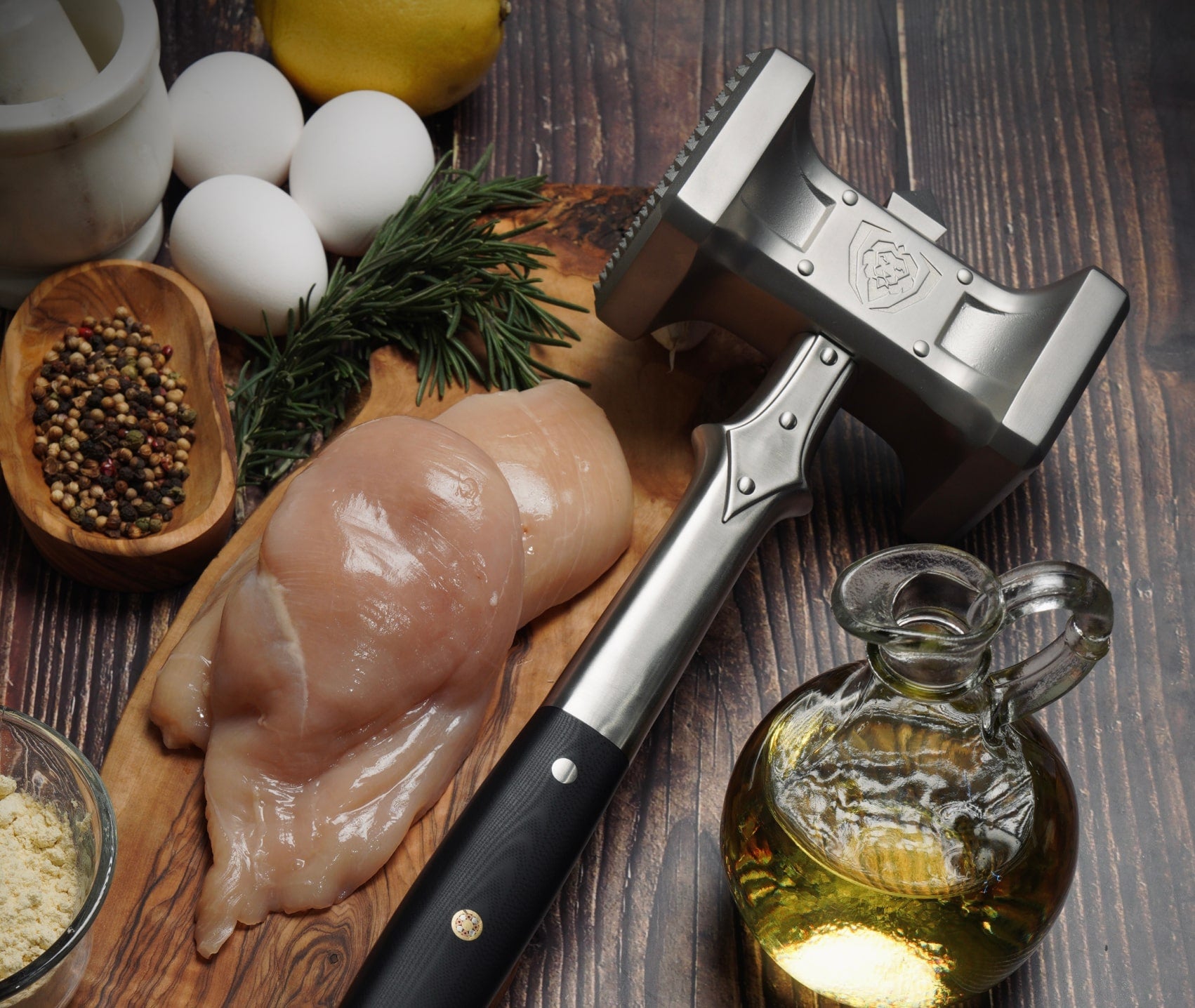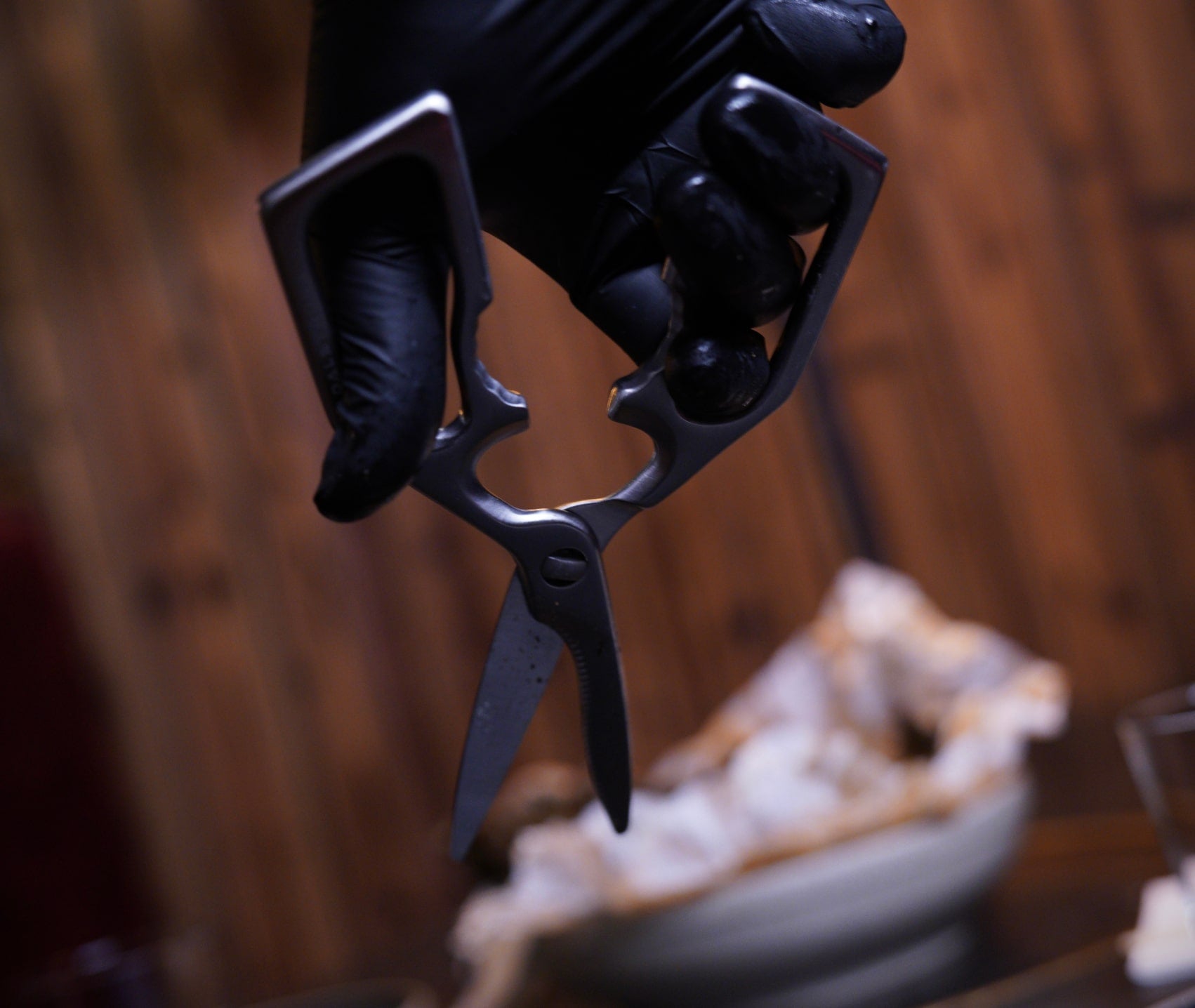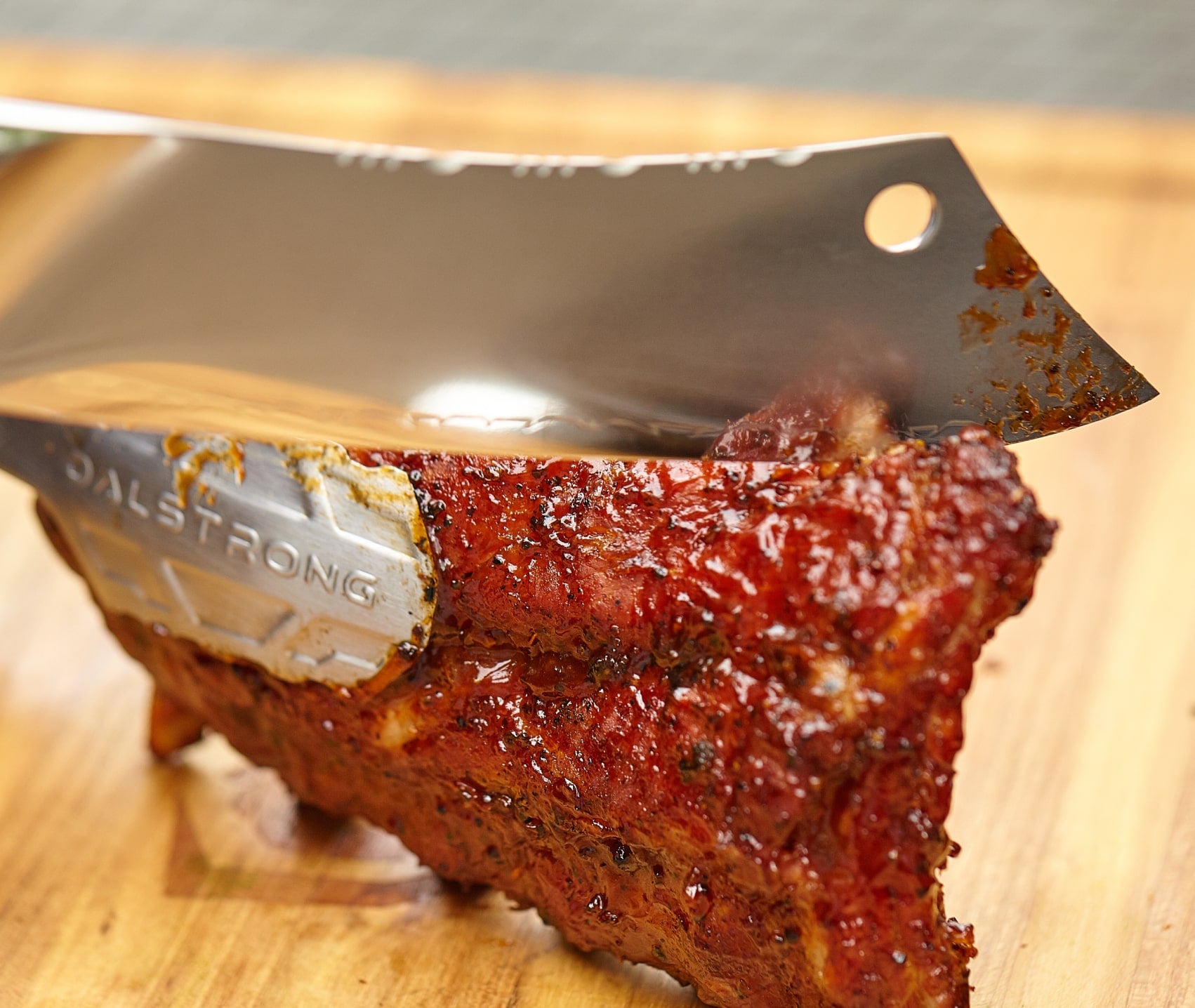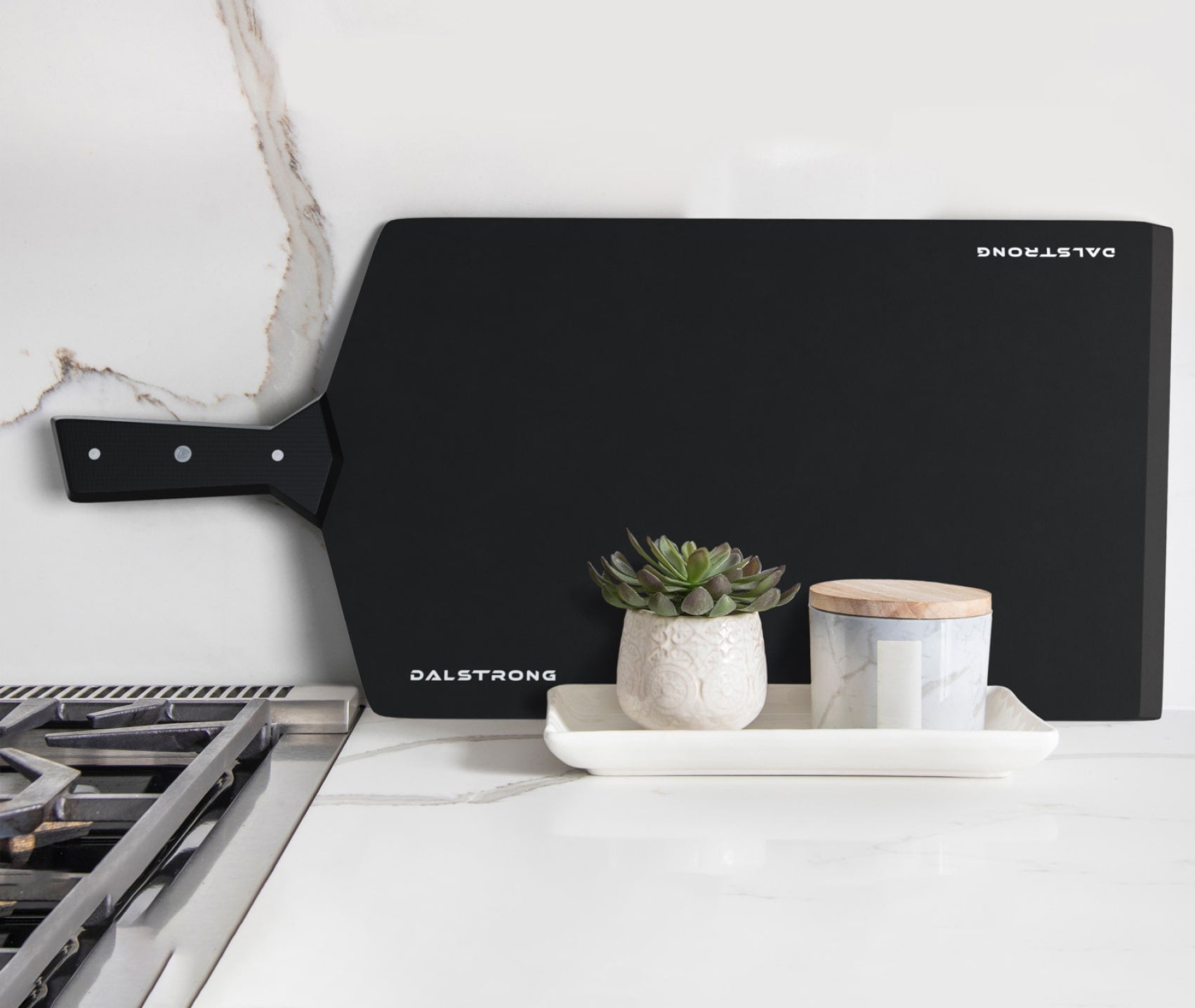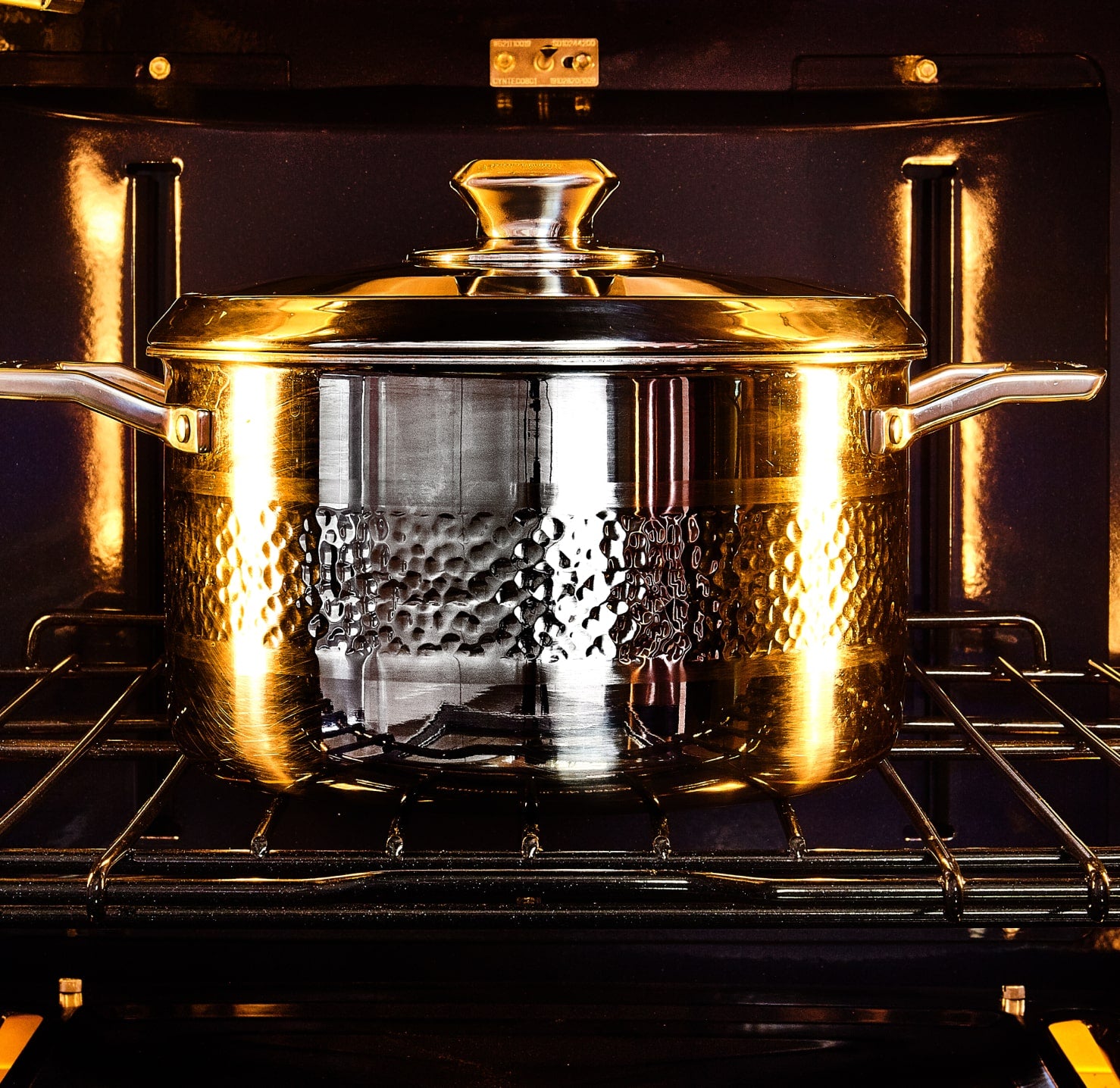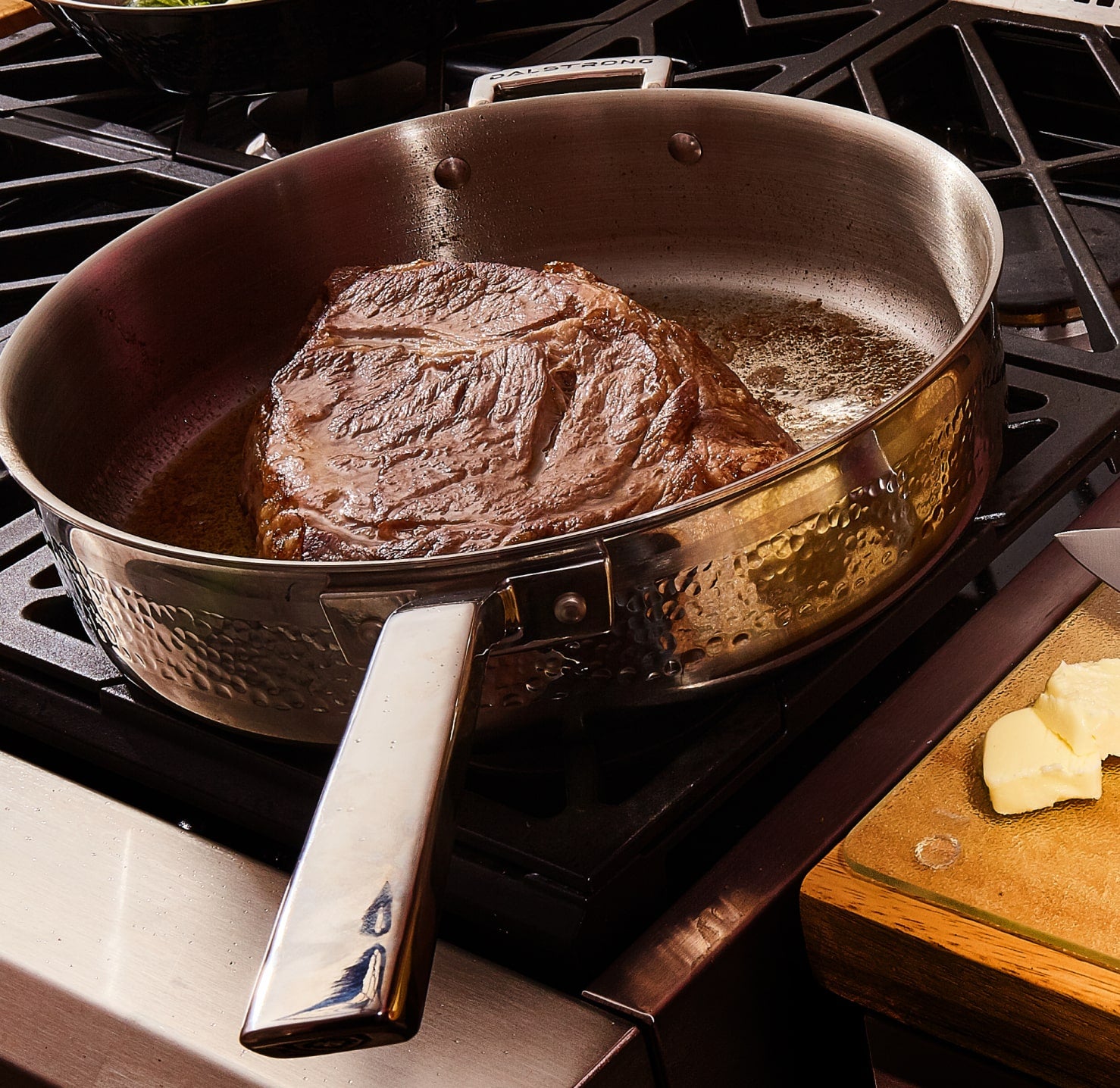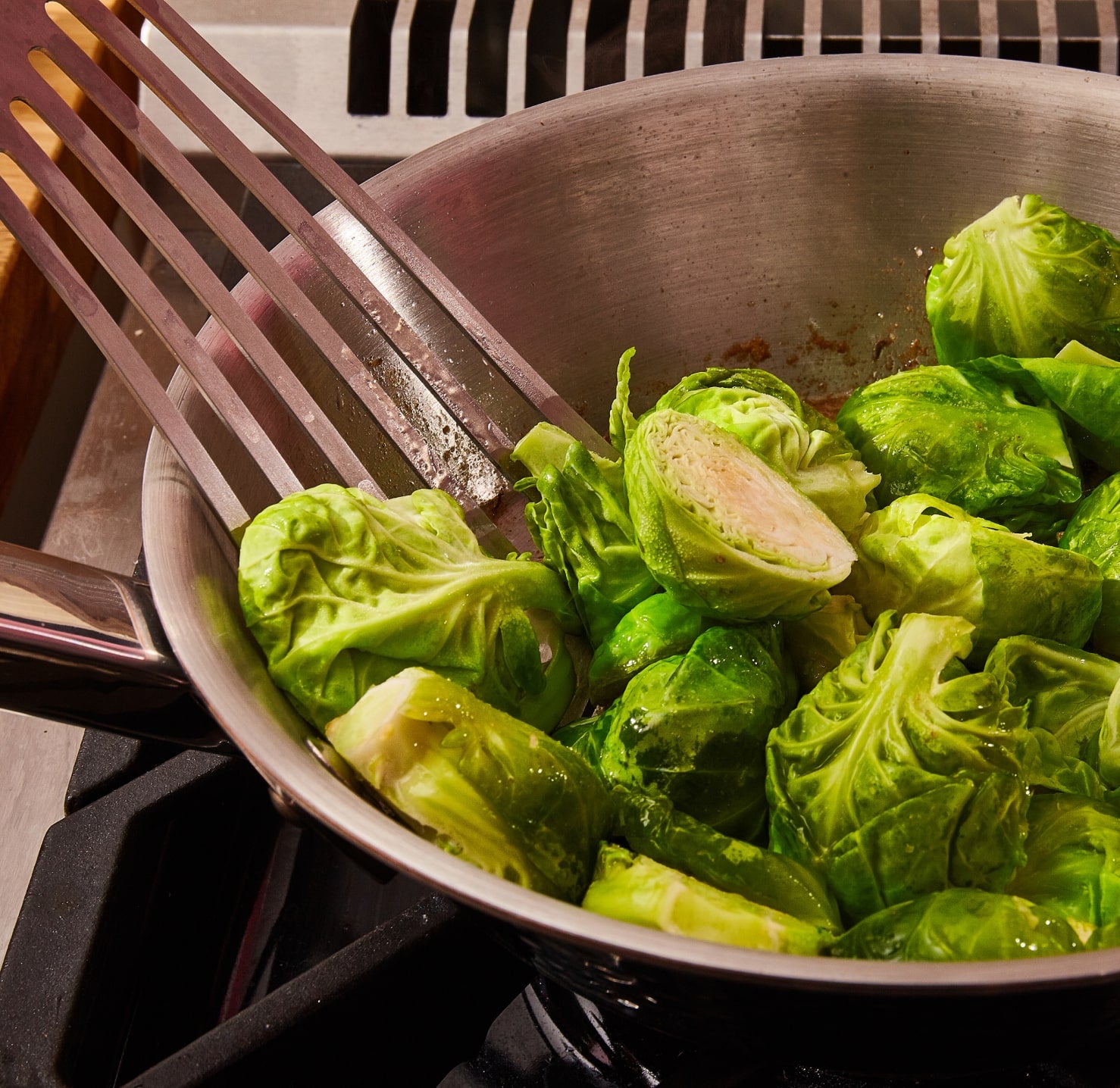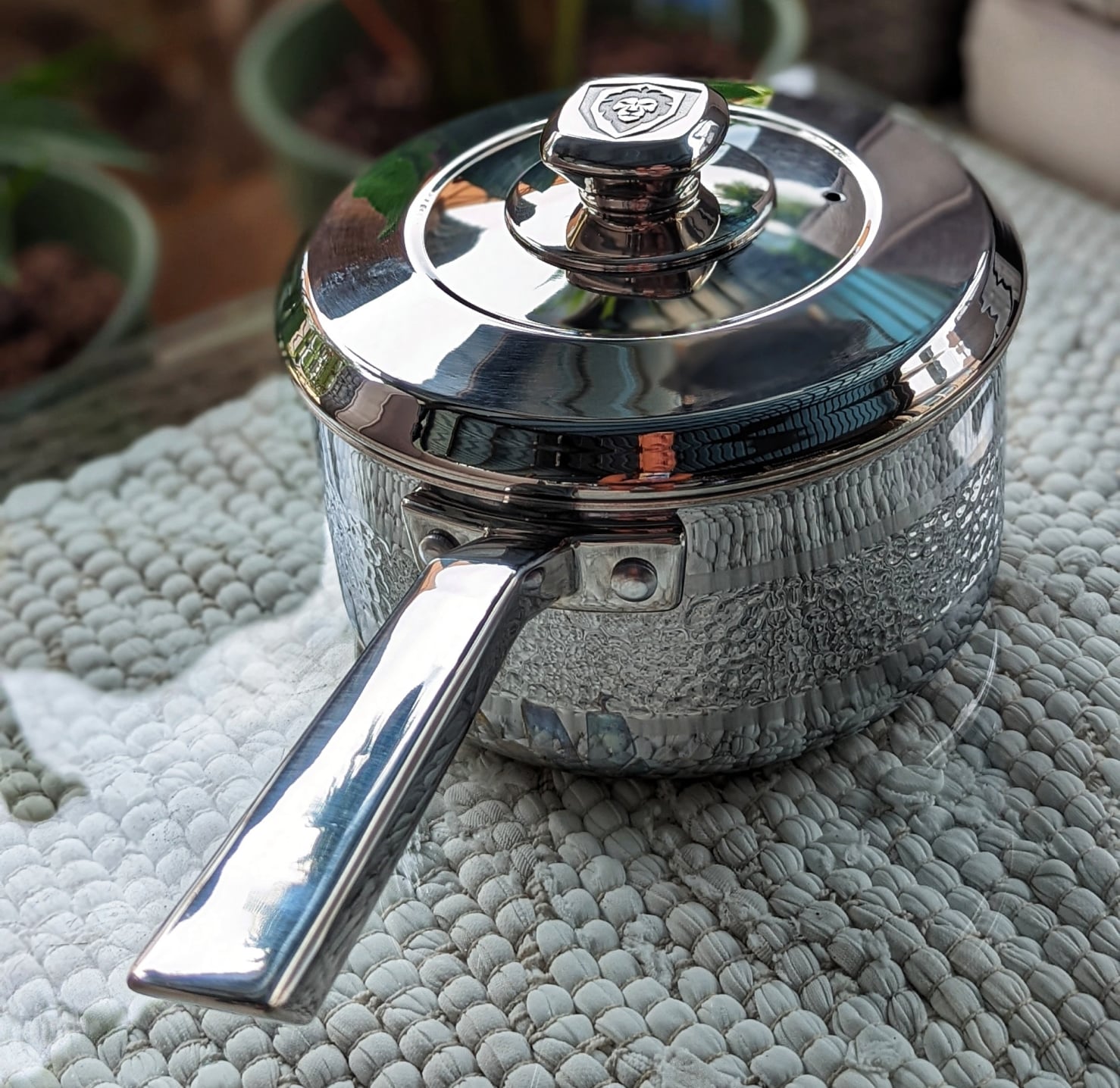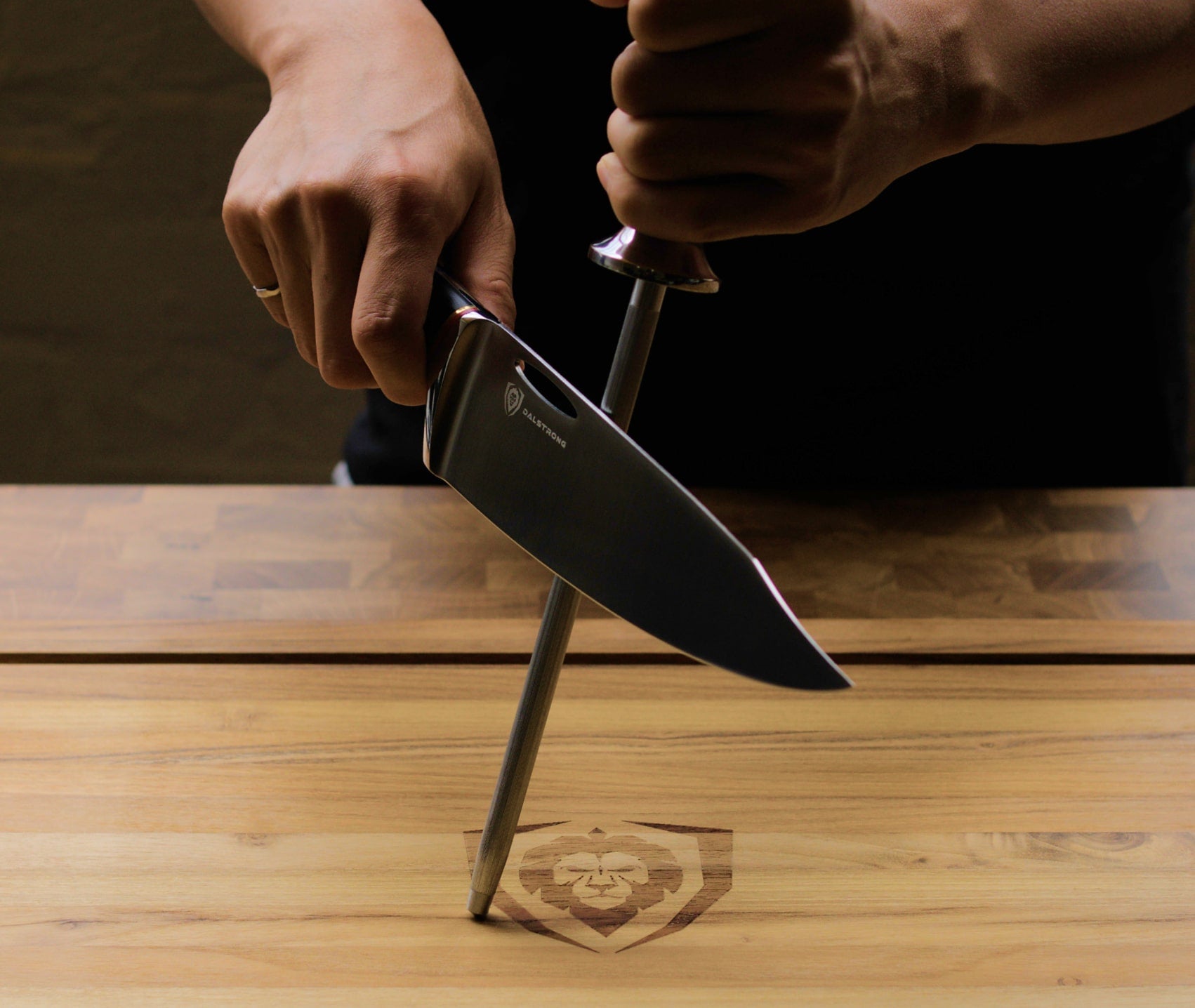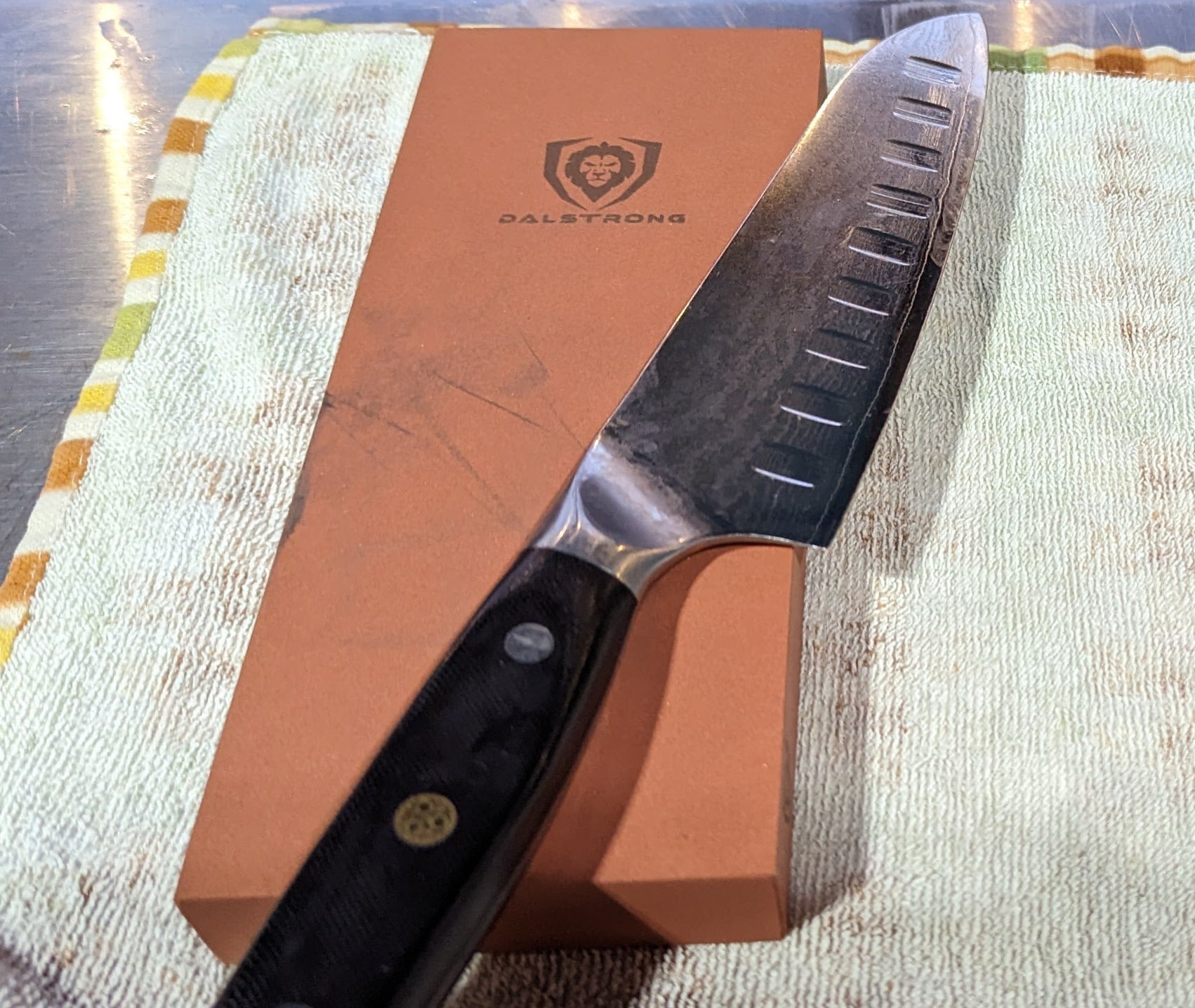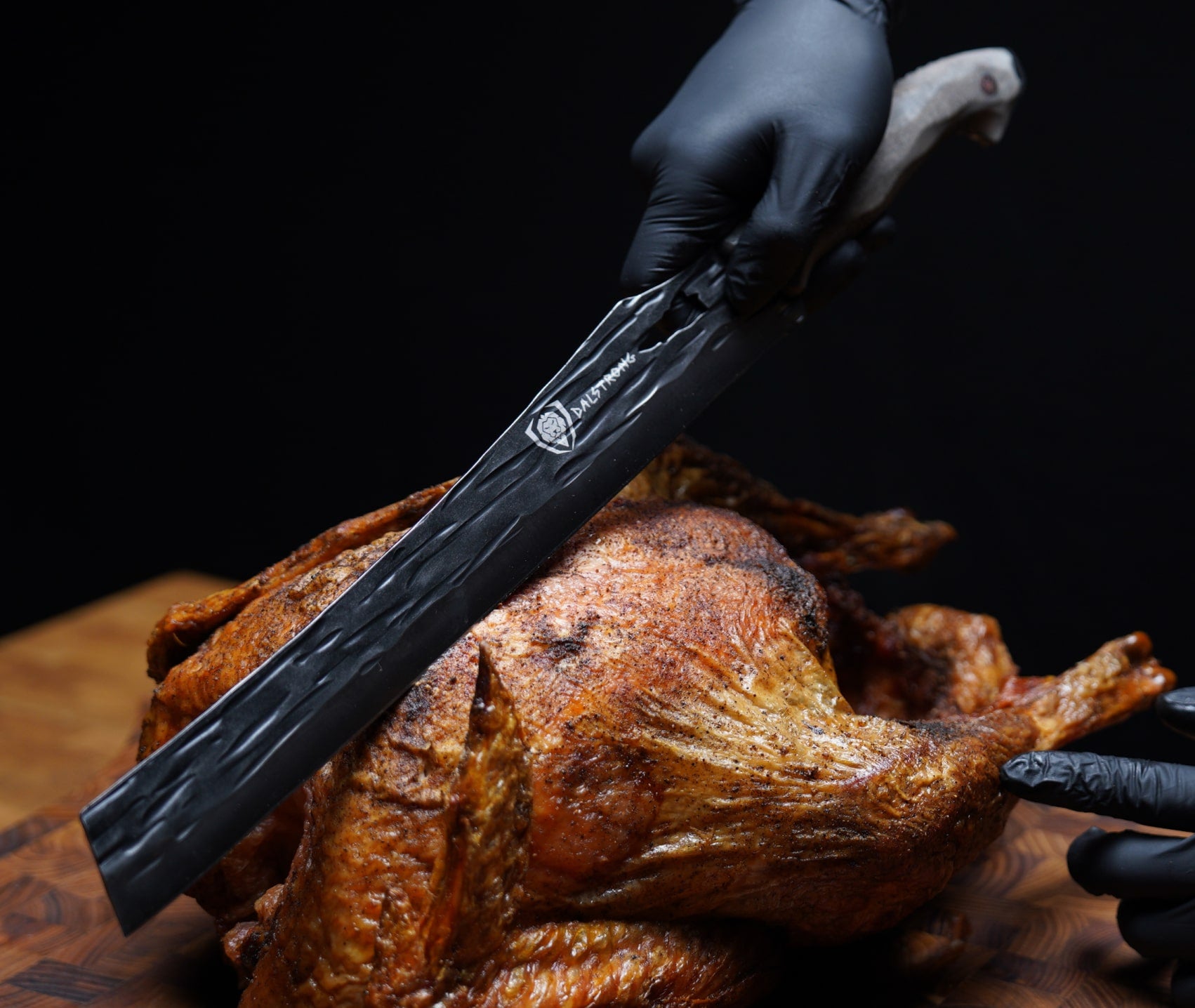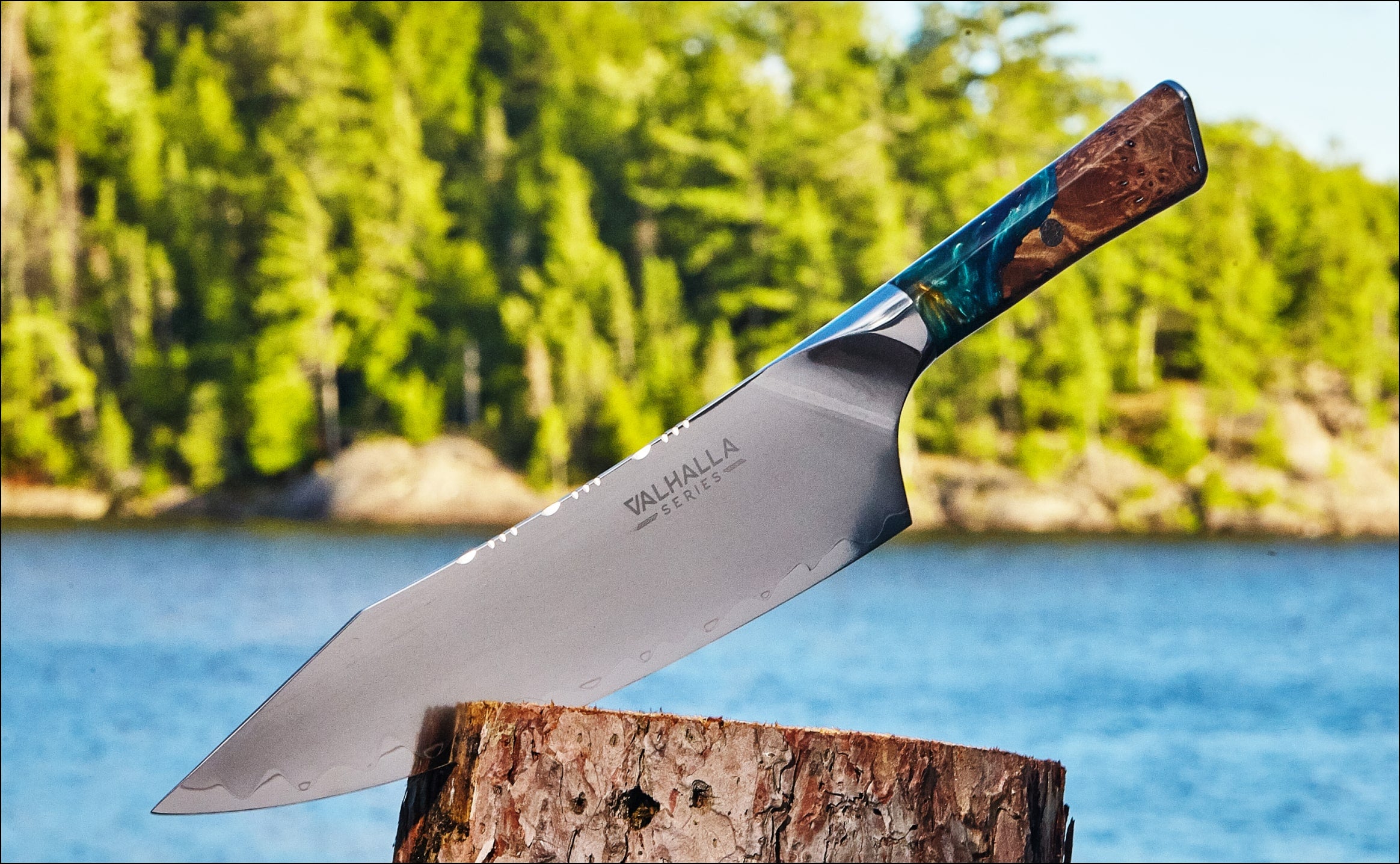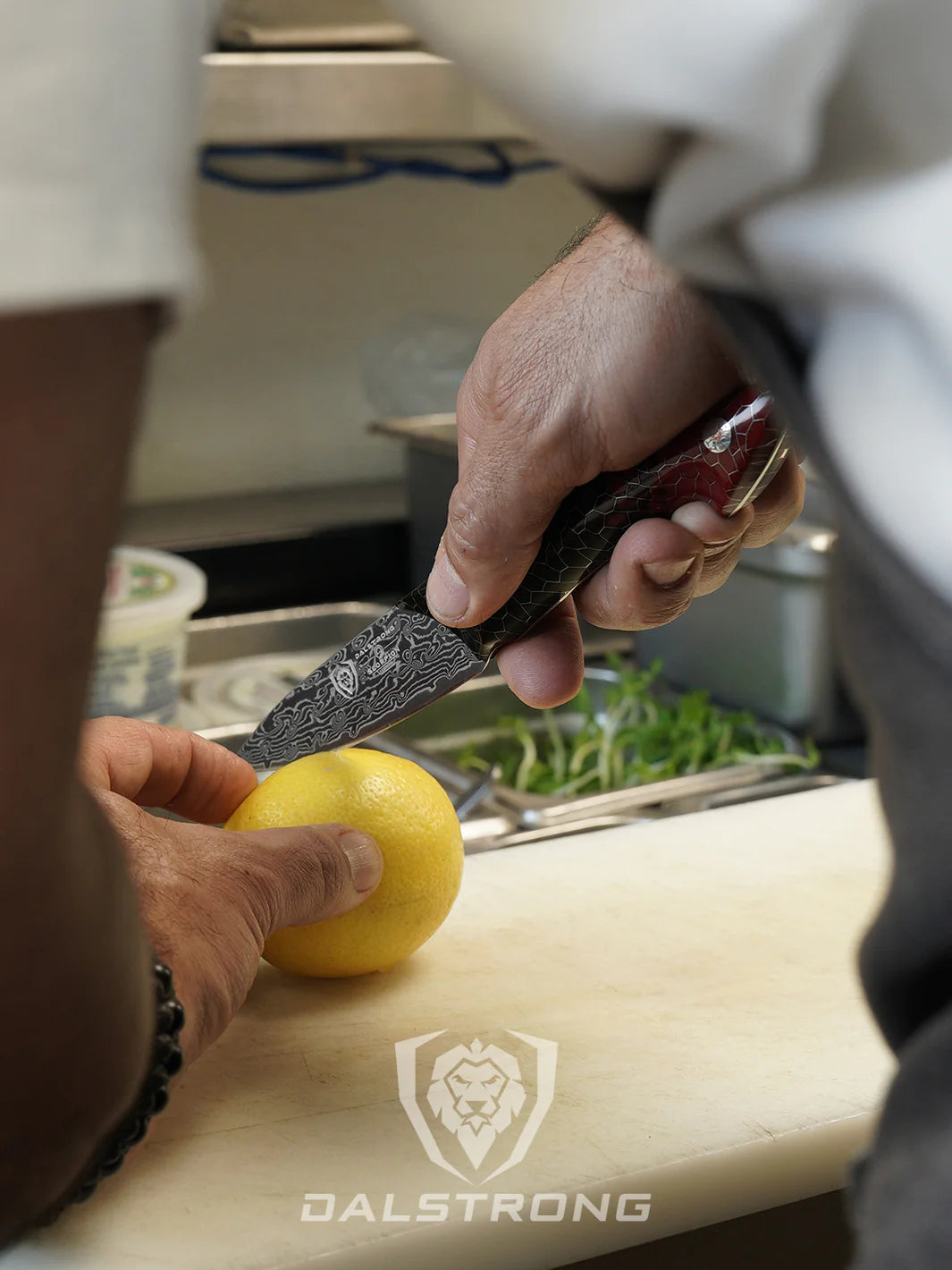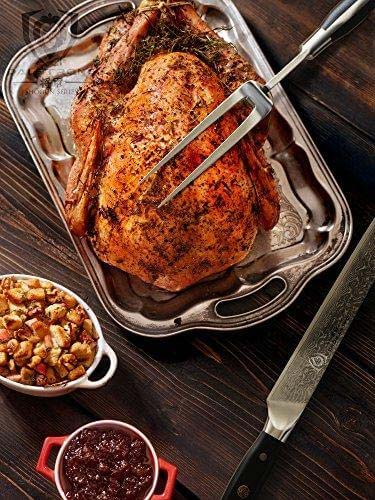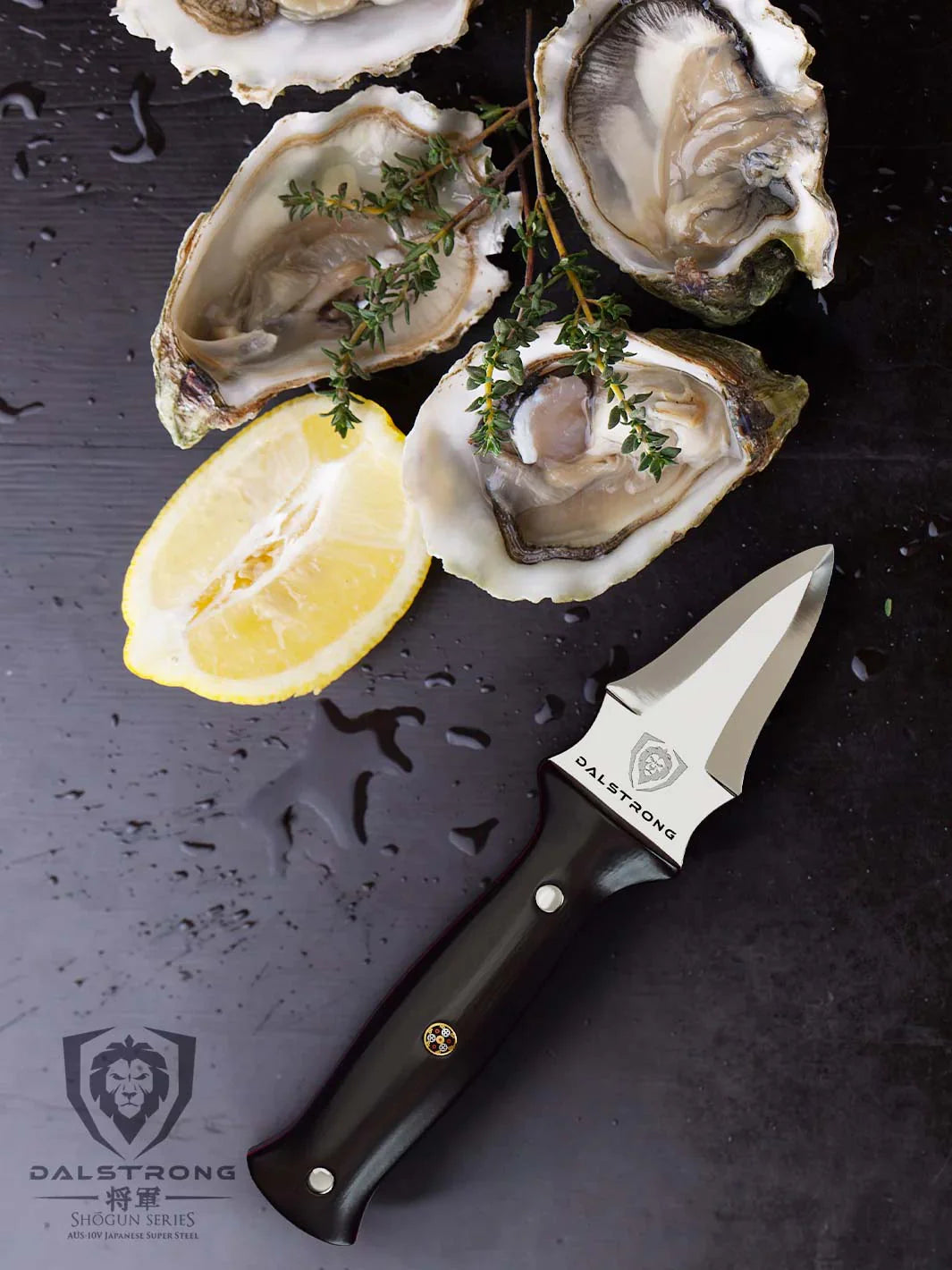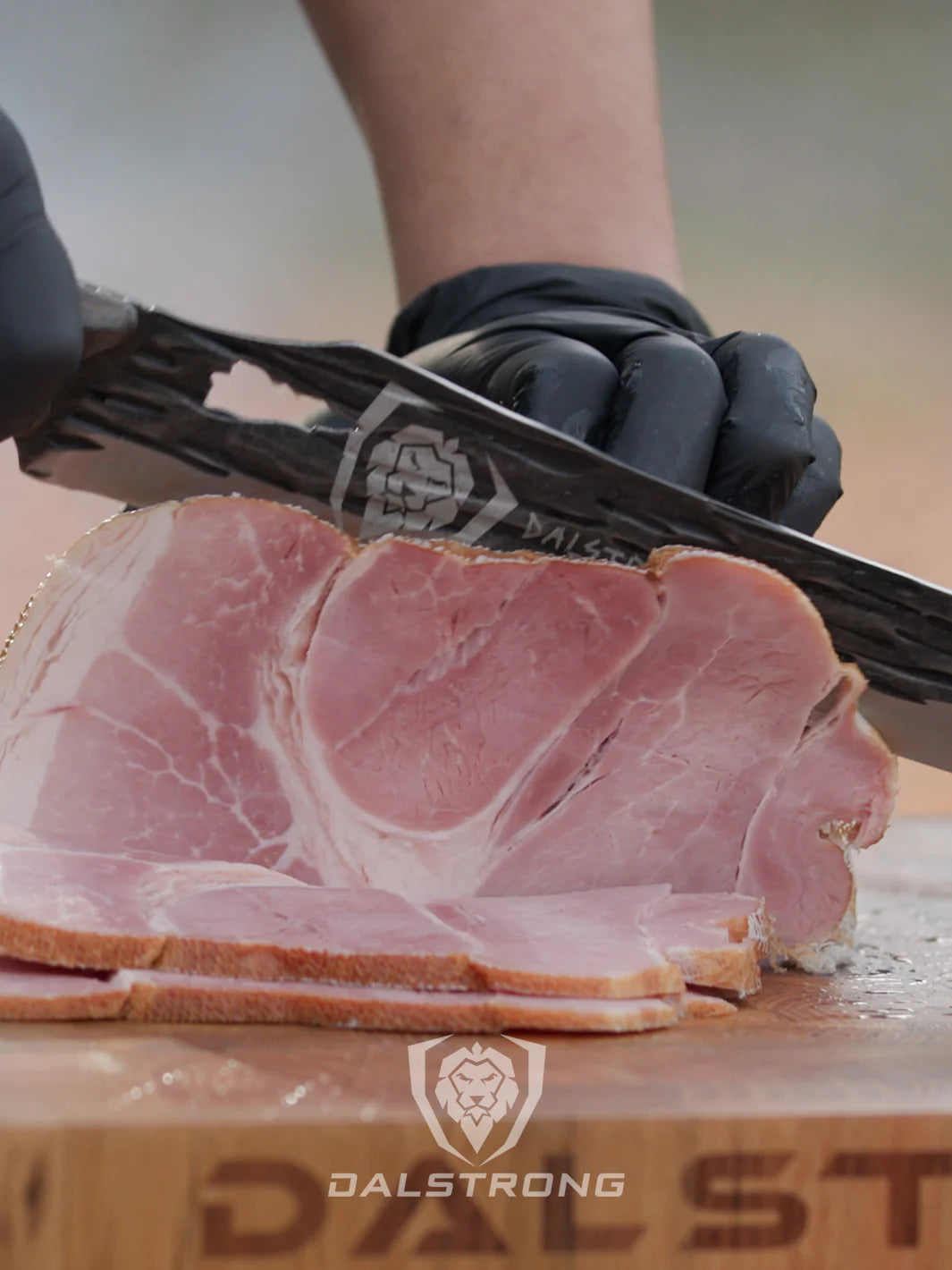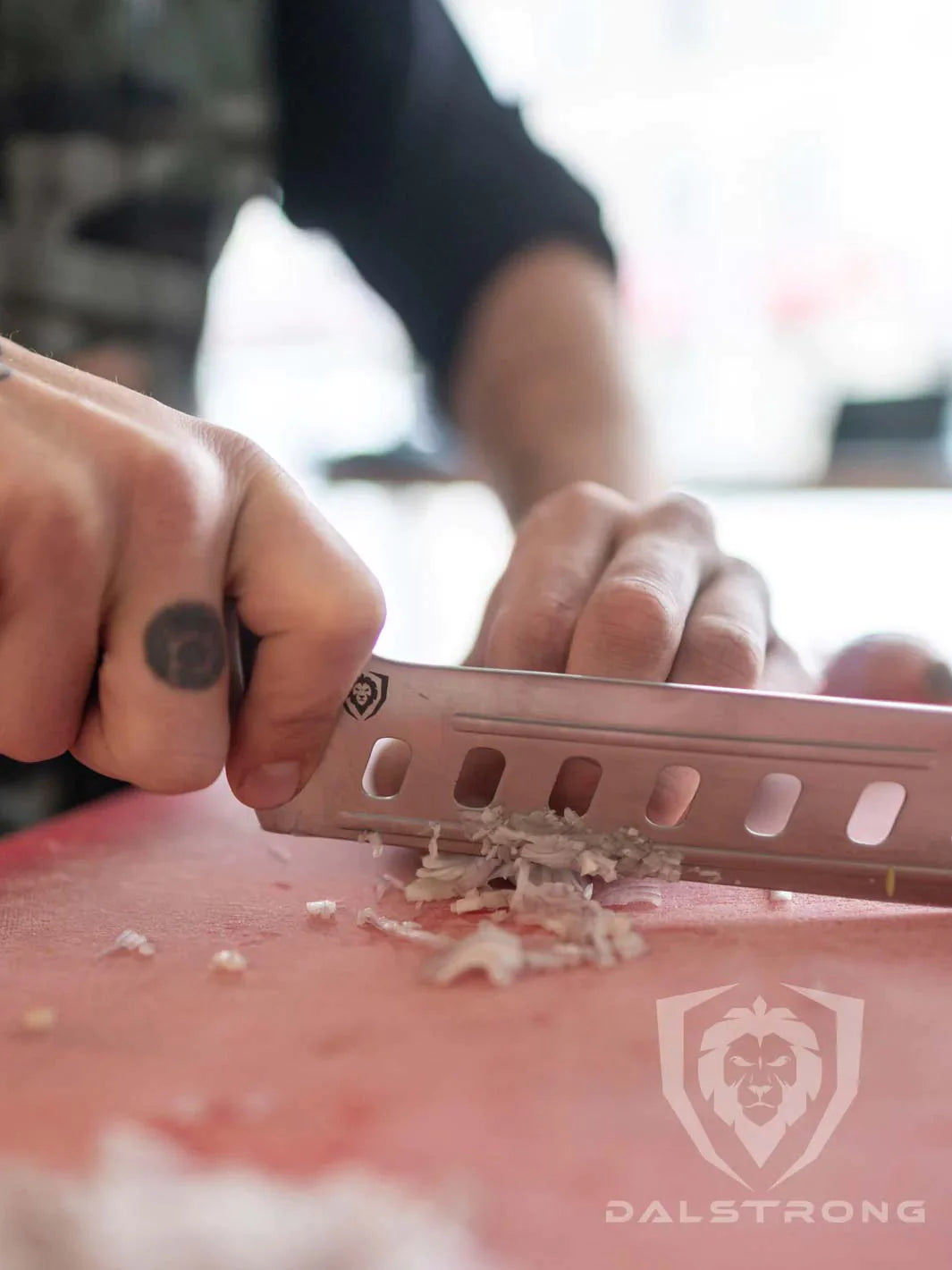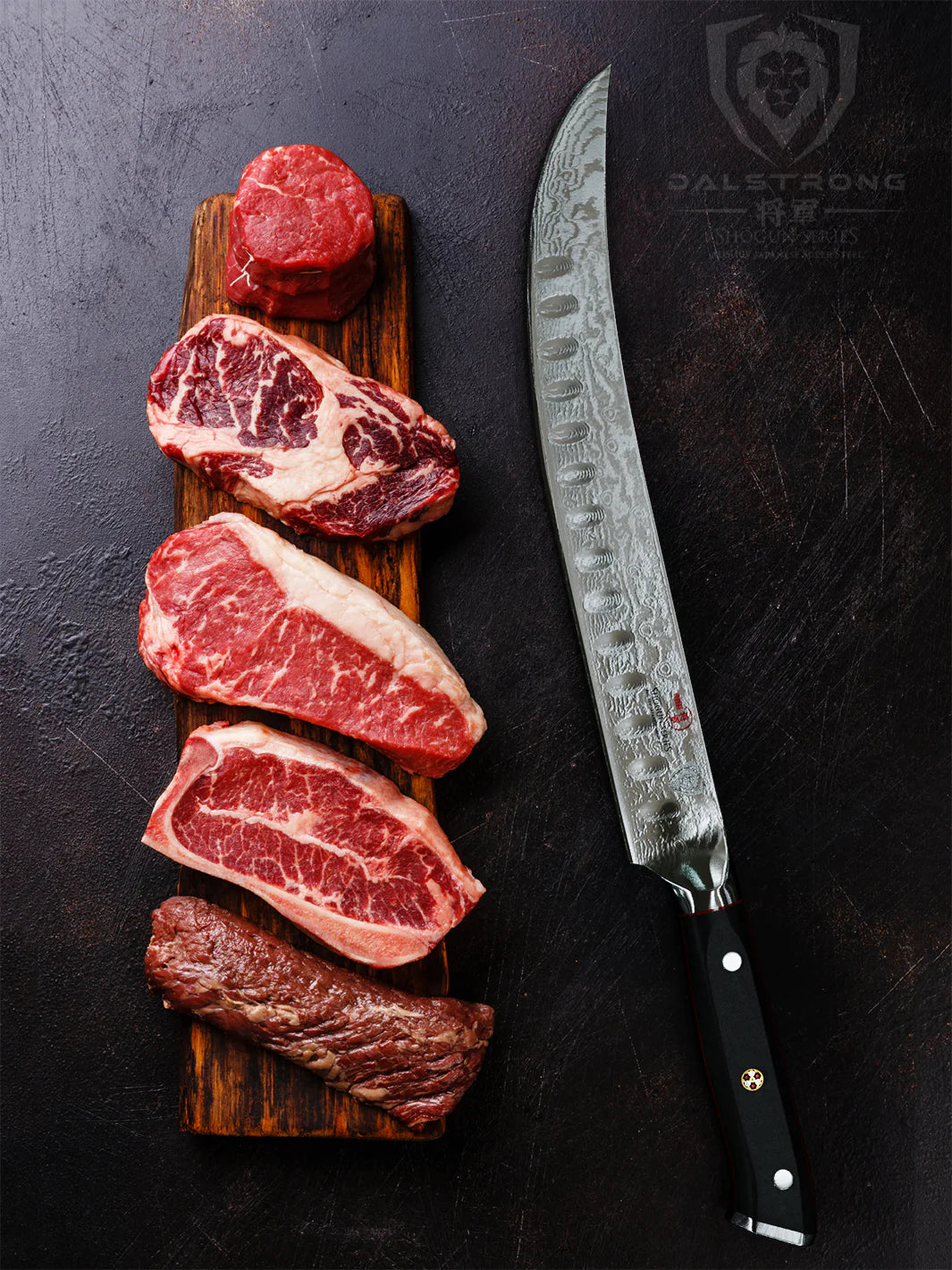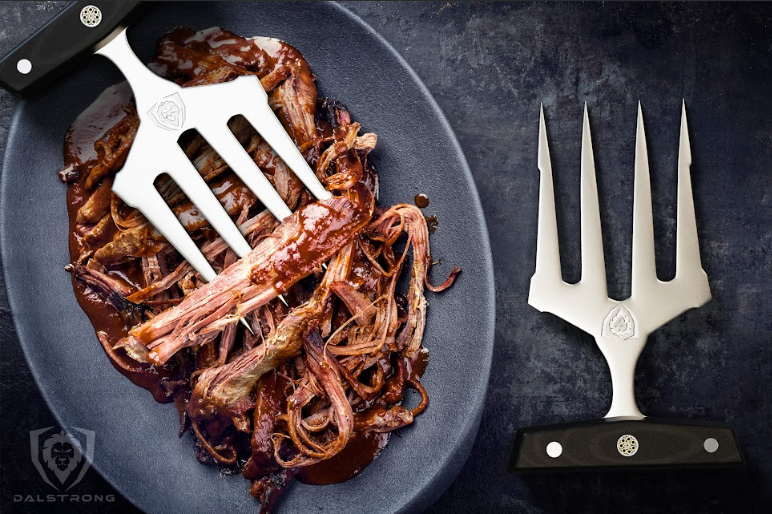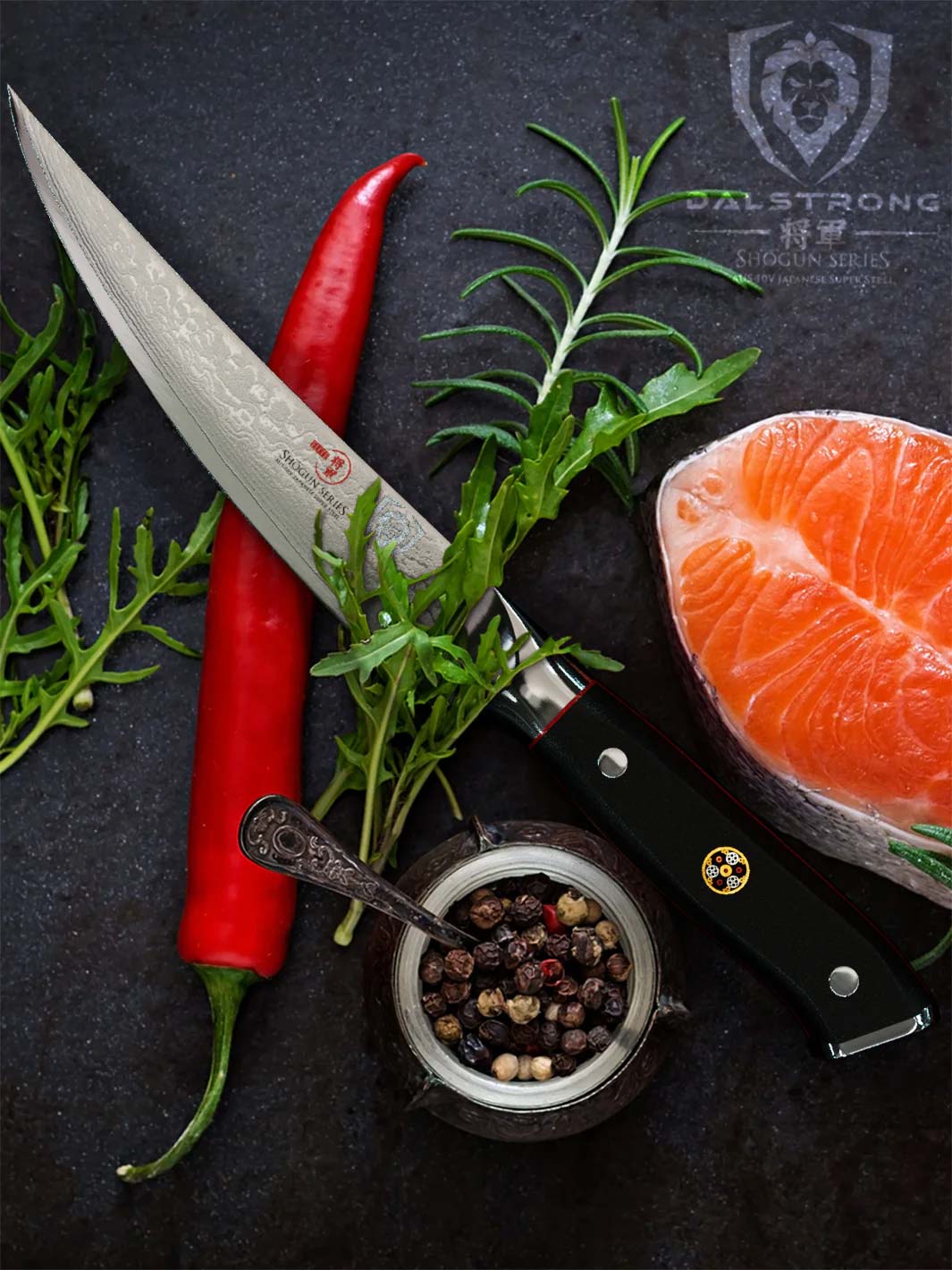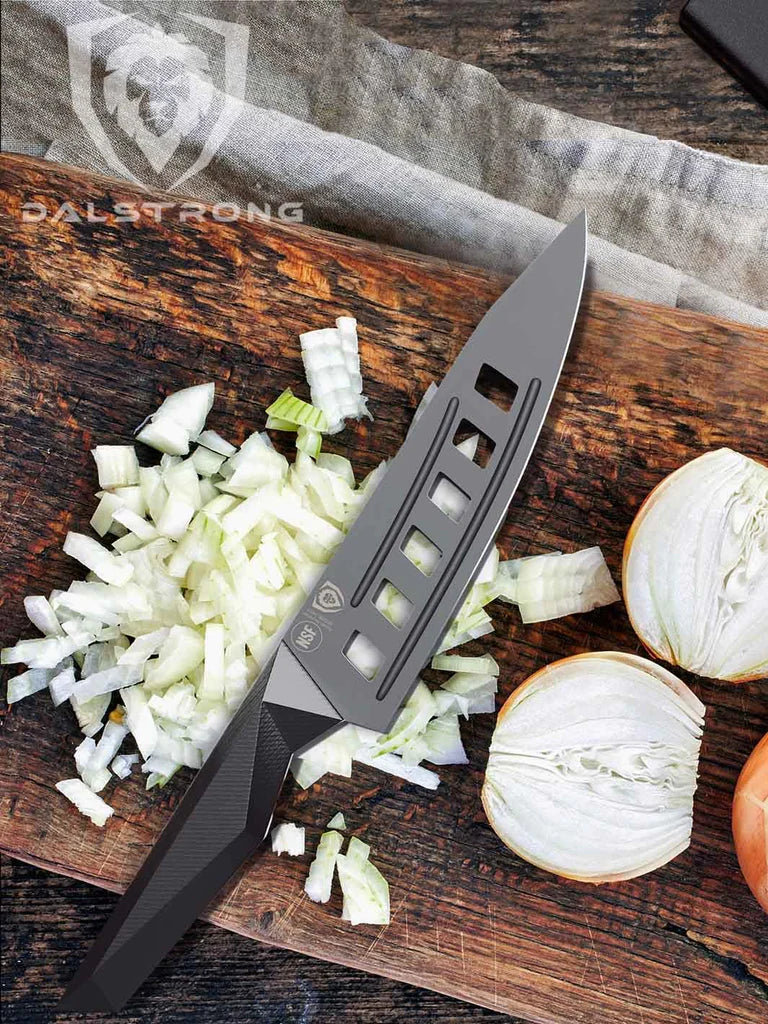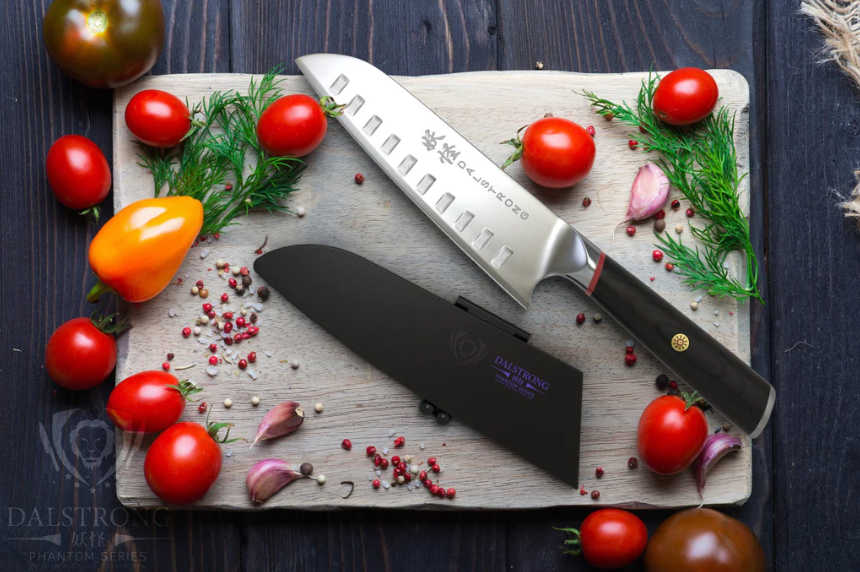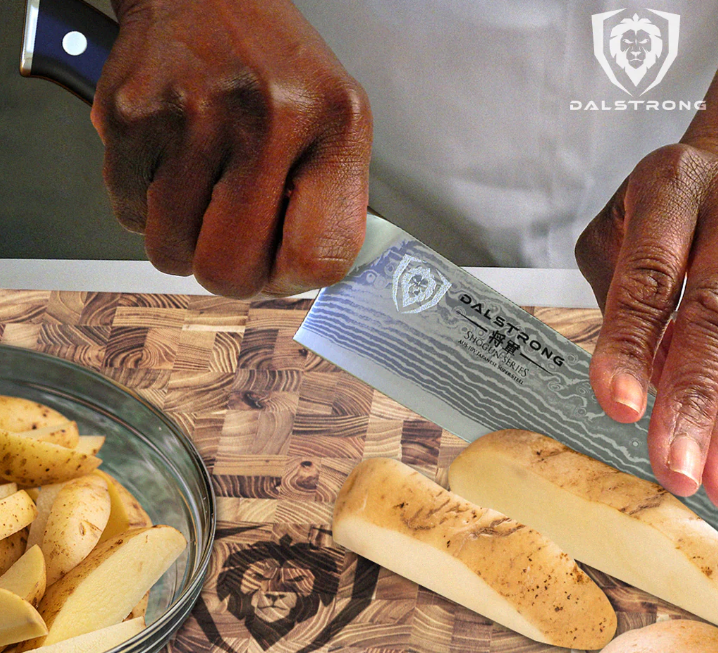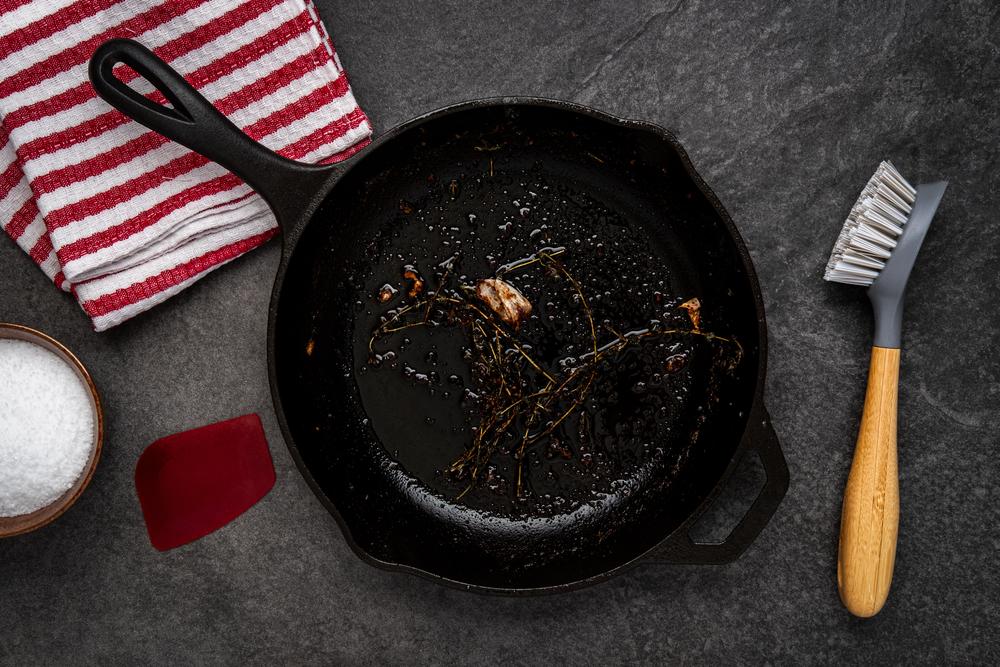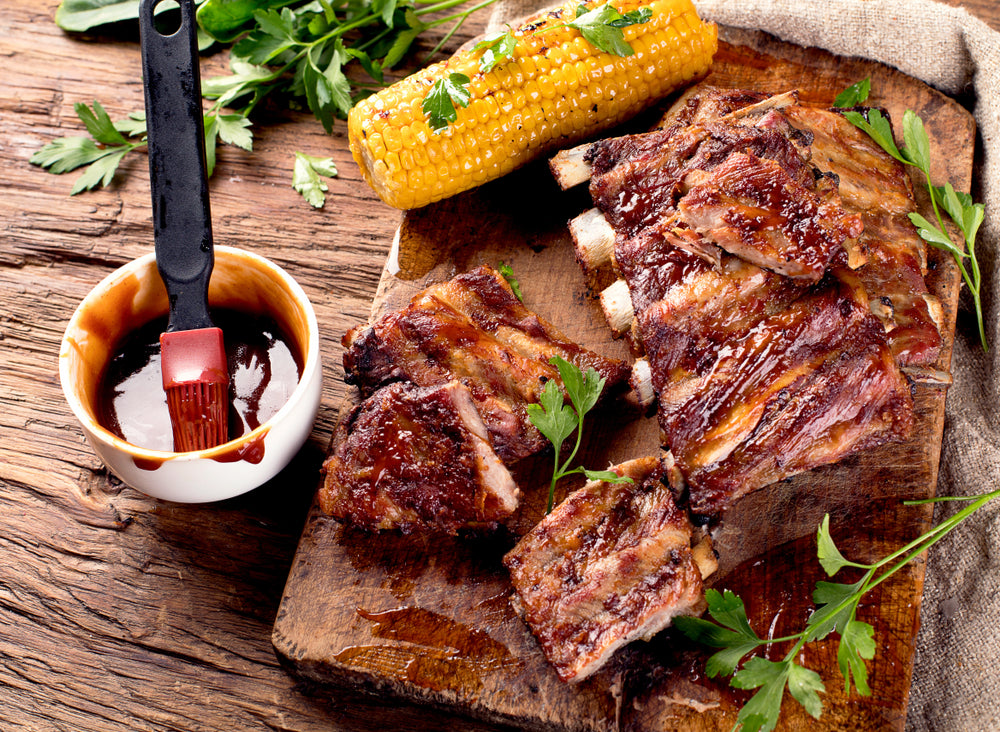How To Fillet a Fish With Precision
 Fillet Knife 6" Shogun Series ELITE | Dalstrong
Fillet Knife 6" Shogun Series ELITE | Dalstrong
Quick Overview: How To Fillet A Fish
- Gather your filleting knife, cutting board, and fish.
- Lay the fish on the cutting board, head to tail.
- Start behind the pectoral fin and cut towards the tail.
- When at the dorsal fin, carefully cut around it.
- Insert the knife near the head to open the abdomen region.
- Cut off the head to access the gills and innards.
- Remove the innards by reaching in and pulling them out.
- Insert knife along the backbone, cutting fillet free.
- Flip the fish and repeat the process.
- Rinse fillets, remove pin bones, and pat dry. You're ready to cook!
When preparing the freshest catch of the day, knowing how to fillet a fish properly is a crucial skill for any aspiring chef or fishing enthusiast. Whether you're a seasoned pro or home cook, this guide will take you through the essential steps of filleting fish with precision and expertise. Grab your filleting knife, and cutting boards, and let's dive into the world of fish filleting!
1. How To Choose Fresh Fish
 Curved Fillet Knife 6" Gladiator Series | NSF Certified | Dalstrong
Curved Fillet Knife 6" Gladiator Series | NSF Certified | Dalstrong
Choosing fresh fish is essential for ensuring the success of your inner culinary enthusiast. Whether you're a seasoned chef or a home cook, the quality of the fish you select greatly influences the outcome of your dishes. To make the right choice, follow these steps that guide you from the head of the fish to its tail, ensuring a perfect catch for your next meal.
- Start your selection process by laying the fish on a clean, flat surface like one of your trusty cutting boards. The first thing to check is the fish's gills – they should be bright red and free from any slime.
- Insert the knife gently near the head of the fish and cut through towards the tail, opening the abdominal cavity. Observe the fish's internal organs; they should be well-defined, moist, and free from any off-putting odors.
- Run your fingers or the back of the knife along the knife’s blade to feel for the presence of any pin bones, which can be bothersome when eating.
- Using tweezers, carefully remove these bones to ensure a seamless dining experience. As you move towards the tail, examine the skin for a vibrant and shiny appearance. A fresh fish's skin should feel slightly slippery and resilient.
- Lastly, ensure the fish's scales are intact and firmly attached.
When filleting fish, the texture of the flesh is crucial. Press down gently on the fillet to check its firmness – it should bounce back and not leave an indentation. If the flesh feels mushy or leaves an impression, the fish might not be as fresh as desired.
When it comes to fish species, there's a wide variety to choose from. Each type has its unique characteristics and flavors. However, the same freshness indicators apply to all fish varieties. Whether you're dealing with a round fish or a flat fish, evaluating its freshness remains consistent.
So folks, whether you're a cooking enthusiast or a seasoned chef, selecting fresh fish is the first step towards creating a delectable meal. By examining the fish from its head to tail and following these guidelines, you can confidently choose the finest catch that will elevate your culinary creations and impress your dining companions. With your filleting knife, cutting boards, and newfound knowledge, you're well-equipped to embark on a journey of culinary excellence.
2. How to Clean A Fish
 Gladiator Series 7" Flexible Fillet Knife
Gladiator Series 7" Flexible Fillet Knife
Here’s how you can clean a fish with ease and precision before you fillet it.
- Lay the fish on a clean, stable surface, such as a sturdy cutting board. Ensure you have your filleting knife and towels handy.
- Start by using the knife to gently scrape off the scales. Begin from the tail and work towards the head, making sure to cover the entire fish.
- Lay the fish on its side and insert the knife near the head, cutting towards the tail. This will open the abdominal cavity.
- Reach the head and remove it to access the gills and innards.
- Carefully cut out the fish's gills and discard them.
- Insert your finger or the back of the knife into the opening near the tail and push towards the head. This action helps to loosen the innards.
- Reach in and pull out the innards, ensuring the cavity is clean.
- Make a clean cut just above the tail, separating the fish's body from the tail.
- Utilize the tip of the knife, slowly lift the fillet and run the knife along the backbone towards the head, freeing the fillet from the rib cage.
- Repeat the process on the other side of the fish to remove the second fillet.
3. How To Fillet A Fish Step-by-Step
Learning how to fillet a fish step-by-step is a valuable skill that can elevate your cooking expertise and enhance your appreciation for fish preparation. Follow these detailed instructions from the head of the fish to its tail, utilizing your cutting boards, filleting knife, and a variety of fishing tips.
Filleting
- Lay the fish on a clean and stable surface like a cutting board.
- Choose a sharp filleting knife appropriate for the fish species.
- Lay the fish on its side and make an incision towards the head, just behind the pectoral fin.
- Gently cut down towards the tail while following the natural curvature of the fish.
- When you reach the dorsal fin, carefully slice around it without cutting through it.
- Continue the cut down towards the tail, keeping the knife angled towards the tail.
- Insert the knife's tip near the head and run it along the fish's backbone to release the fillet from the rib cage.
- Flip the fish over and repeat the process on the other side.
- Insert the knife's tip behind the pectoral fin, and again cut towards the tail while maintaining the proper angle.
- Gently lift the fillet and run the knife along the rib bones to release it from the fish's body.
Trimming
- Trim any excess fat or uneven edges for a neat fillet.
- Feel for pin bones by running your fingers along the fillet.
- Use tweezers to grasp and pull out these small bones.
- To remove the skin, slide the knife between the flesh and the skin while holding onto the skin.
- Gently work the knife along the fillet until the skin is separated.
- Clean the fillets under cold water to remove any remaining scales or debris.
- Tap the fillets dry with paper towels.
- Put the fillets in an airtight container or wrap them in plastic wrap before refrigerating or freezing.
- Use the fillets to create a variety of dishes, taking advantage of your newfound filleting skills.
- Clean and sanitize your workspace, cutting board, and knife after the filleting process.
4. Best Dalstrong Tools For The Job
1. Fillet Knife 6" Shogun Series ELITE | Dalstrong
The narrow curved blade on this fillet knife effortlessly navigates around bones and joints, ensuring precise cuts with minimal resistance. Crafted from ultra-premium Japanese AUS-10V steel, the blade's 67-layers of stainless steel cladding provide durability and stain resistance.
PROS:
- With a cutting core of Japanese AUS-10V super steel, this knife boasts impressive hardness at 62+ Rockwell, ensuring an enduring, razor-sharp edge.
- The G-10 Garolite handle offers military-grade strength and resilience. Its ergonomic shape provides precise control, while the copper mosaic pin adds both elegance and grip stability.
- The blade's 'Tsunami Rose' pattern, along with meticulous hand-finishing, showcases Dalstrong's commitment to both aesthetics and functionality.
CONS:
- The 6" blade length might be too short for those planning to fillet larger fish.
2. Flexible Fillet Knife 7" Gladiator Series | NSF Certified
The Dalstrong Gladiator Series 7” fillet knife is your ultimate companion for seamless fish and poultry preparation. Designed with precision, this blade effortlessly handles de-boning, descaling, filleting, and more. With a slender 1.5mm spine thickness, this knife offers remarkable flexibility, making even the toughest tasks feel effortless.
PROS:
- A master at de-boning, filleting, and more, this knife streamlines your culinary processes for various dishes.
- Crafted from high carbon German steel at 56+ Rockwell, the blade is exceptionally sharp, wear-resistant, and durable.
- The ergonomic G10 handle ensures comfort and maneuverability, enhancing your experience during prolonged use.
- The package includes a BPA-free PerfectFit sheath for storage and a travel case with a belt loop for on-the-go adventures.
CONS:
- Users might require a short acclimatization period due to the blade's unique features.
3. Fillet & Boning Knife 6.5" Phantom Series
The Japanese AUS-8 steel blade on this ruthless 6.5” fillet knife is adorned with Dalstrong's name and the kanji for 'phantom', reflecting both form and function. Each blade is honed to a razor-sharp 13-15 degrees using the traditional honbazuke method, ensuring swift and effortless cuts, while a premium-quality polymer sheath completes the package.
PROS:
- Crafted for beef, pork, fish, and game, this knife excels in boning tasks, making it indispensable in the kitchen.
- The razor-sharp 6.5” blade, along with rockhollow divots, allows for minimal drag and smooth, efficient cuts.
- The Japanese AUS-8 steel blade with engraved details represents Dalstrong's commitment to quality and aesthetics.
- The traditional Japanese D-shaped handle offers superior hand control, comfort, and agility, making every cut a breeze.
CONS:
- While exceptional for boning and filleting, the knife's design may limit its versatility for broader kitchen tasks.
4. Fillet Knife 6.5" Valhalla Series
Unleash culinary power with the Valhalla Series Fillet Knife. This blade, fit for descaling, deboning, filleting, and more, boasts high-carbon steel that's hand-sharpened to a fierce 8-12 degrees, ensuring an unstoppable edge. Engraved with the Dalstrong logo, it's a symbol of your dedication to quality. The Valhalla-embossed leather sheath ensures protection worthy of a warrior.
PROS:
- Crafted for diverse tasks, this 6.5” blade is hand-sharpened to 8-12° per side, ensuring seamless carving through flesh and sinew.
- The celestial resin handle, with stabilized wood and stainless steel bolster, offers unmatched stability and endurance.
- The Valhalla-embossed leather sheath provides storage that befits the blade's power, ensuring it's always ready for battle.
CONS:
- The unique handle design might not be everyone's preference.
5. Fillet Knife 6" Frost Fire Series | NSF Certified
The Frost Fire Series offers a striking collection of lightweight, razor-sharp knives that unite icy aesthetics with fiery performance. Ideal for contemporary chefs who demand meticulously crafted tools that effortlessly blend style and functionality. The precision sandblast finish not only enhances non-stick properties but also imparts a distinctive "frosted" appearance to the blade.
PROS:
- Crafted from 7-layer high-carbon, high-chromium 10CR15MOV steel with added cobalt and precise heat-treatment, these knives deliver exceptional edge retention and sharpness.
- The combination of a precision sandblast finish and a white resin handle enclosed in aluminum mesh creates a unique, non-stick, and visually captivating knife.
- The slender handle design offers a tension-free grip and superior hand control, ensuring comfortable and agile use.
CONS:
- While visually distinct, the frosted blade might not resonate with those seeking a more traditional knife design.
5. Frequently Asked Questions
What is the easiest way to fillet a fish?The simpliest way to fillet a fish is to start with a sharp filleting knife, lay the fish on a cutting board, and make a smooth cut from head to tail while following the fish's natural contours.
How do you fillet tilapia?To fillet tilapia, lay the fish on a cutting board, make an incision behind the pectoral fin, and carefully cut along the backbone, guiding the knife towards the tail while removing the fillet.
How do you fillet fish step by step?Fillet fish step by step by laying the fish on a clean surface, using a sharp filleting knife to make a cut from head to tail, and carefully removing the fillets while avoiding bones and skin.
What is the summary of filleting fish?The summary of filleting fish involves using a sharp knife to separate the fish fillets from the bones, skin, and innards, ensuring clean cuts from head to tail for optimal results in cooking and presentation.


